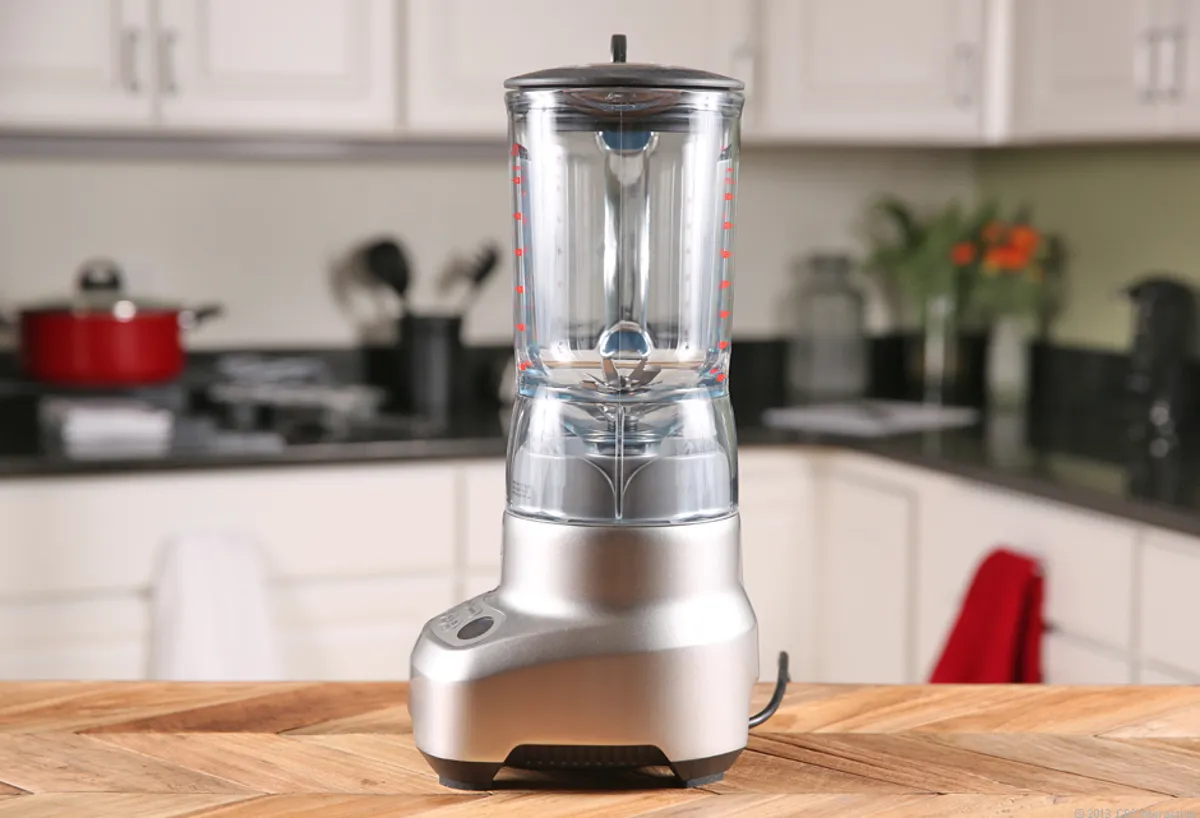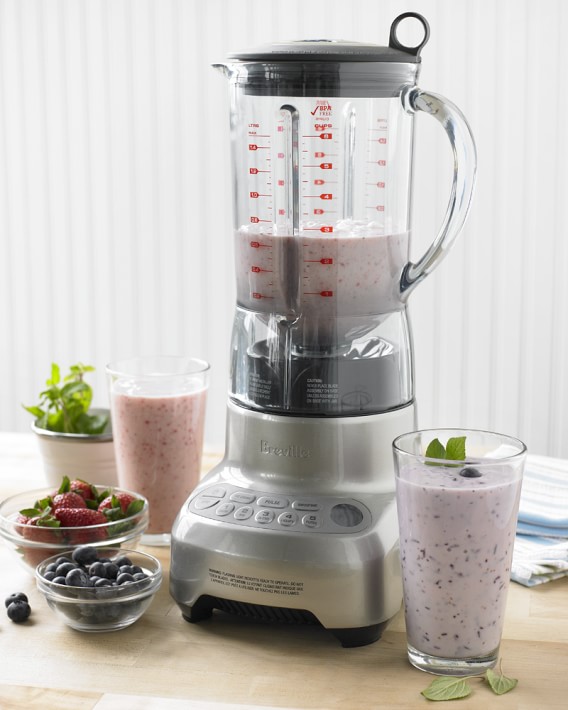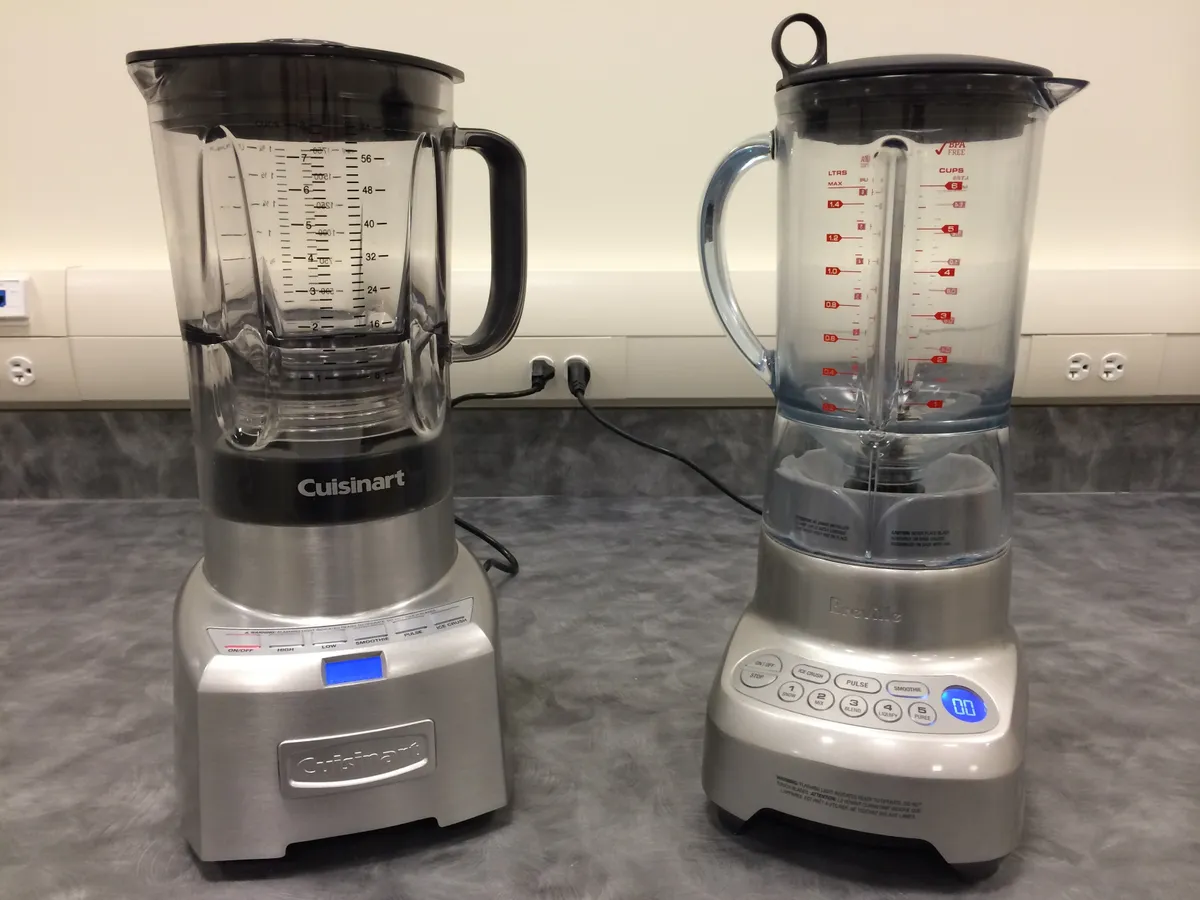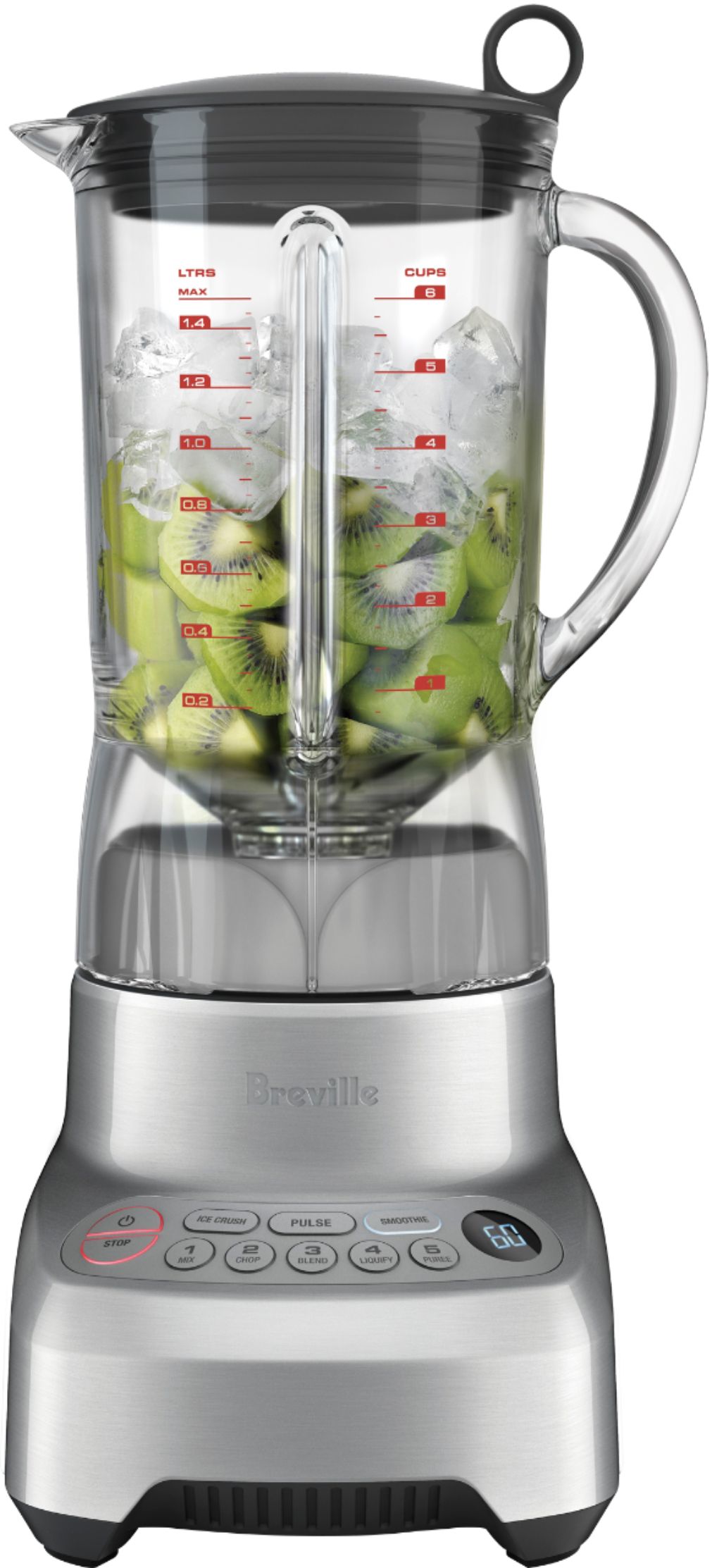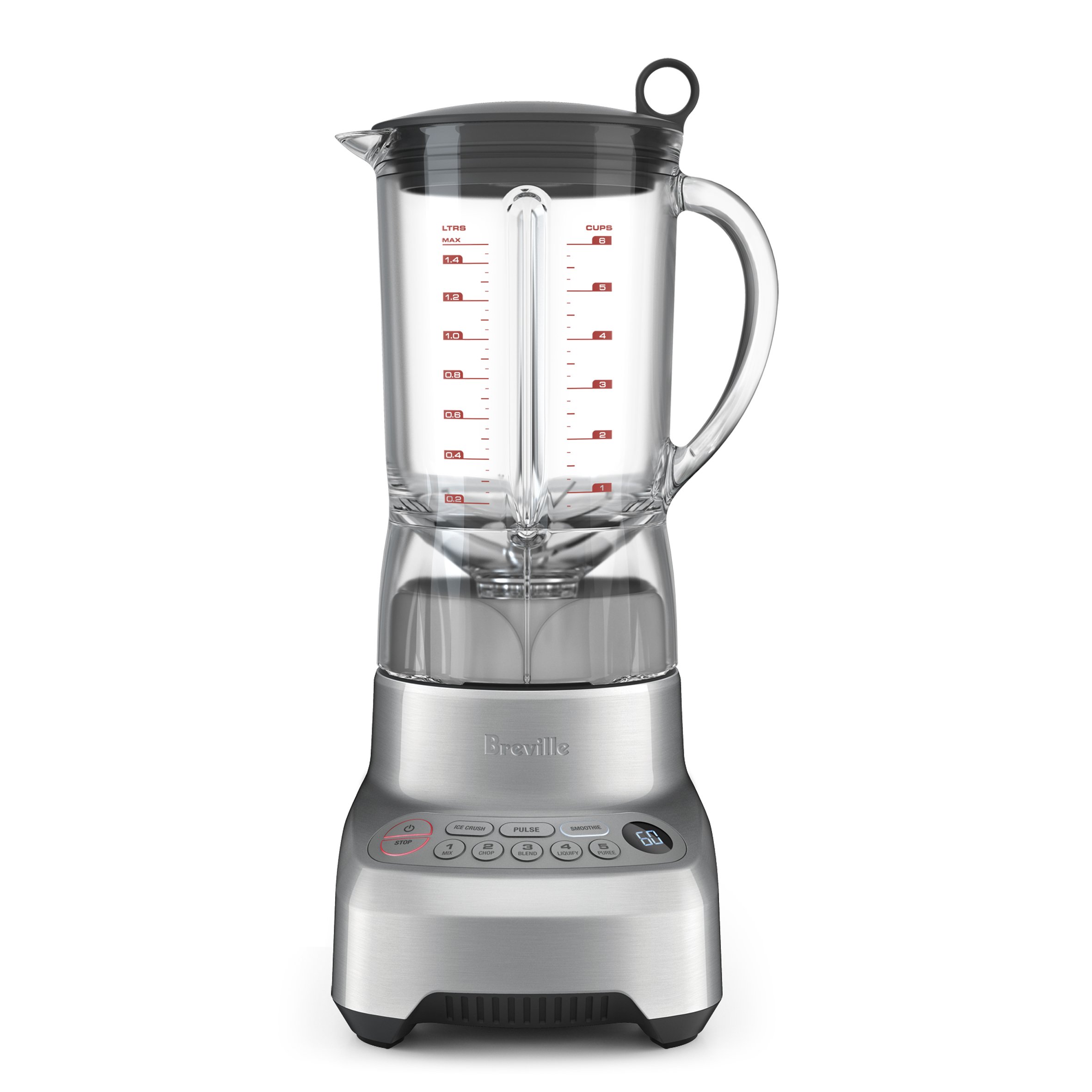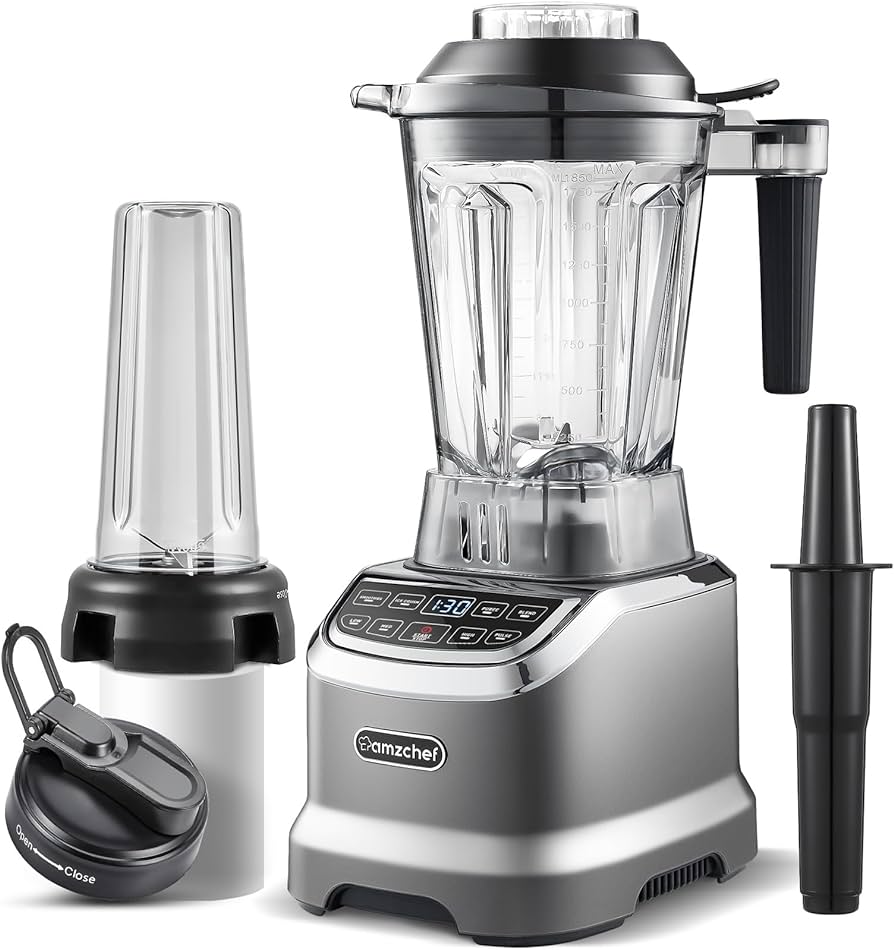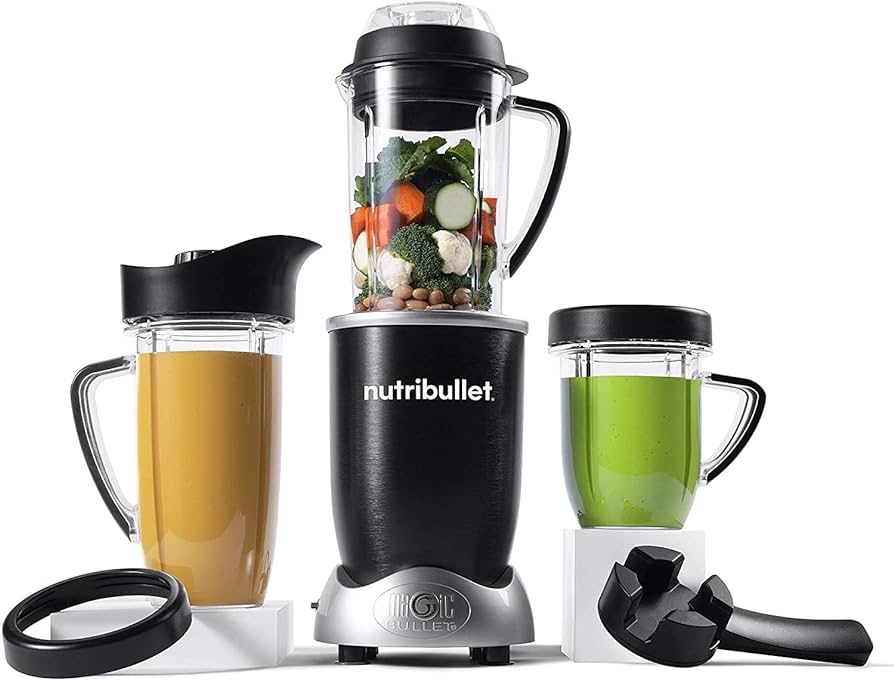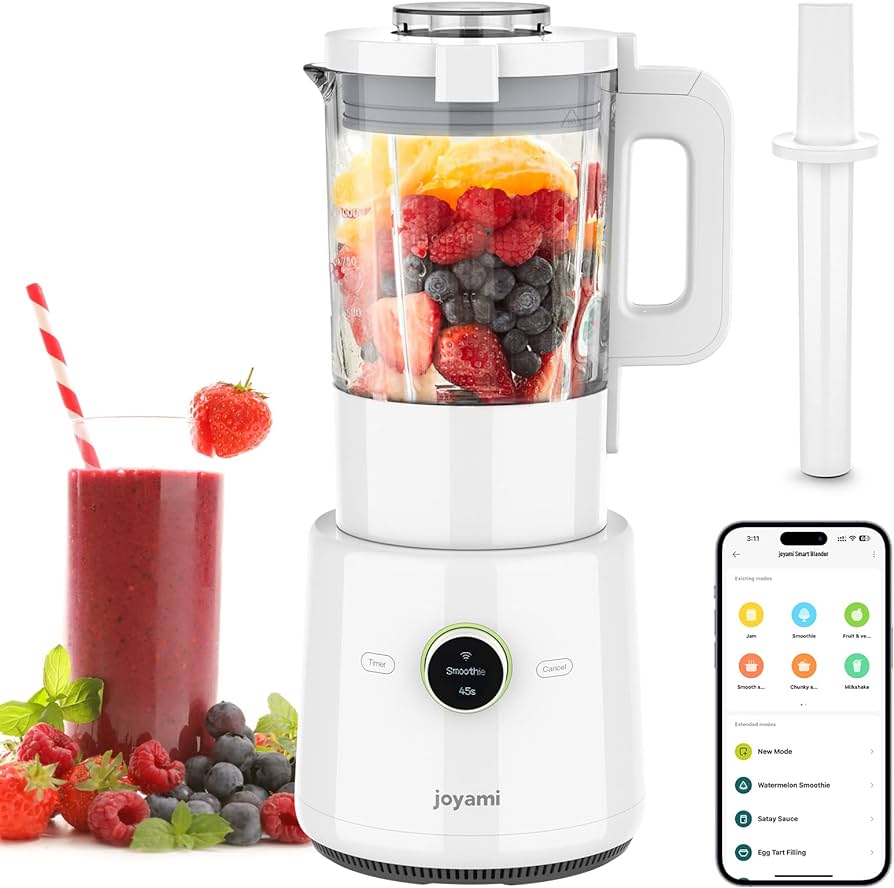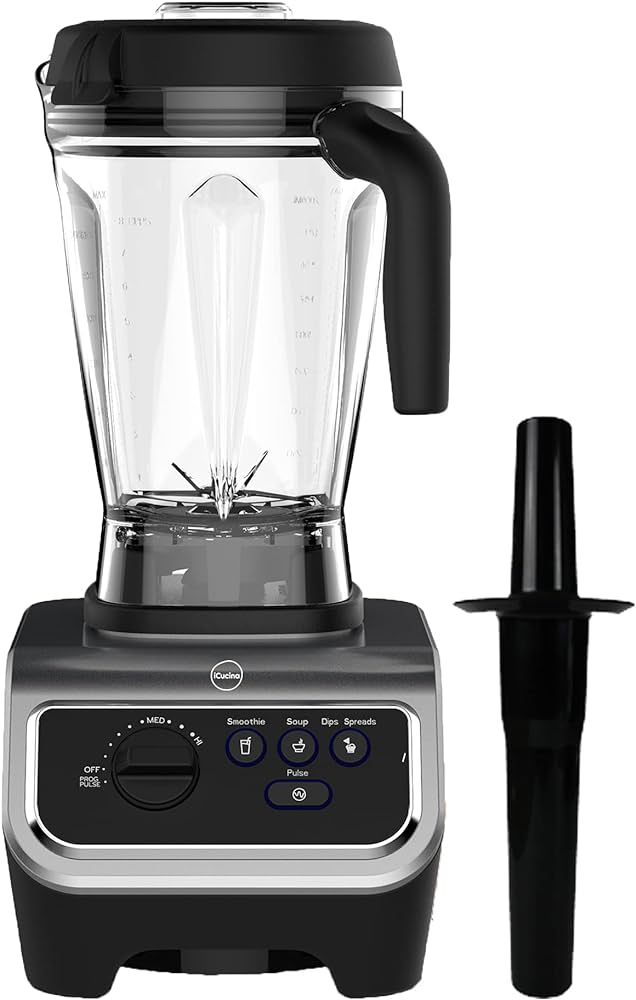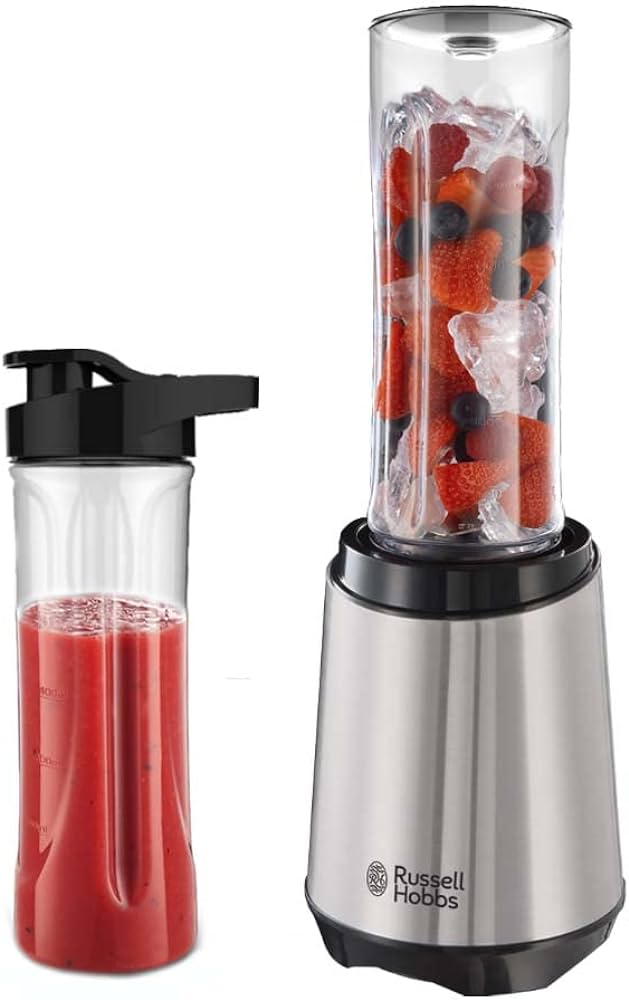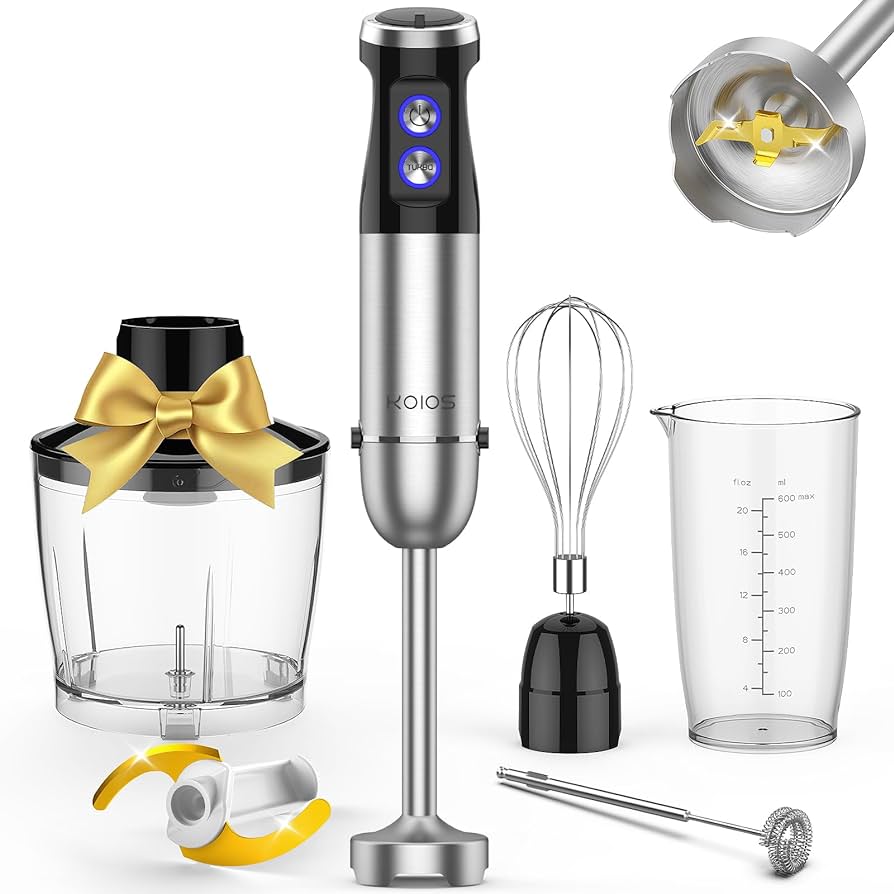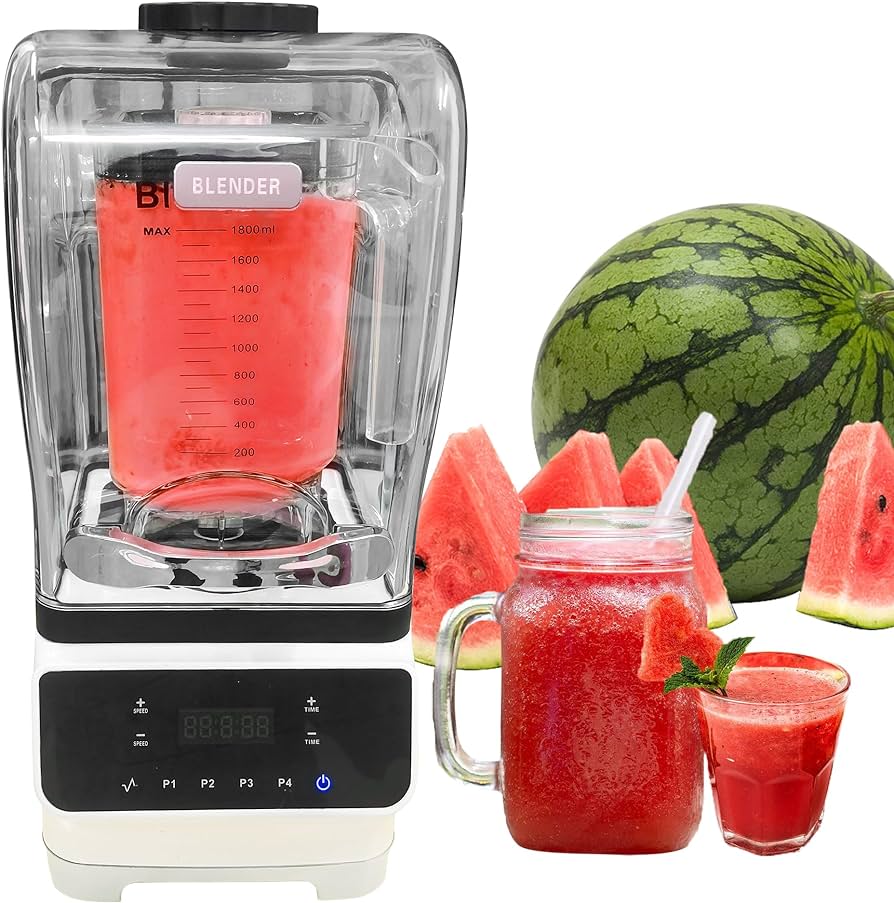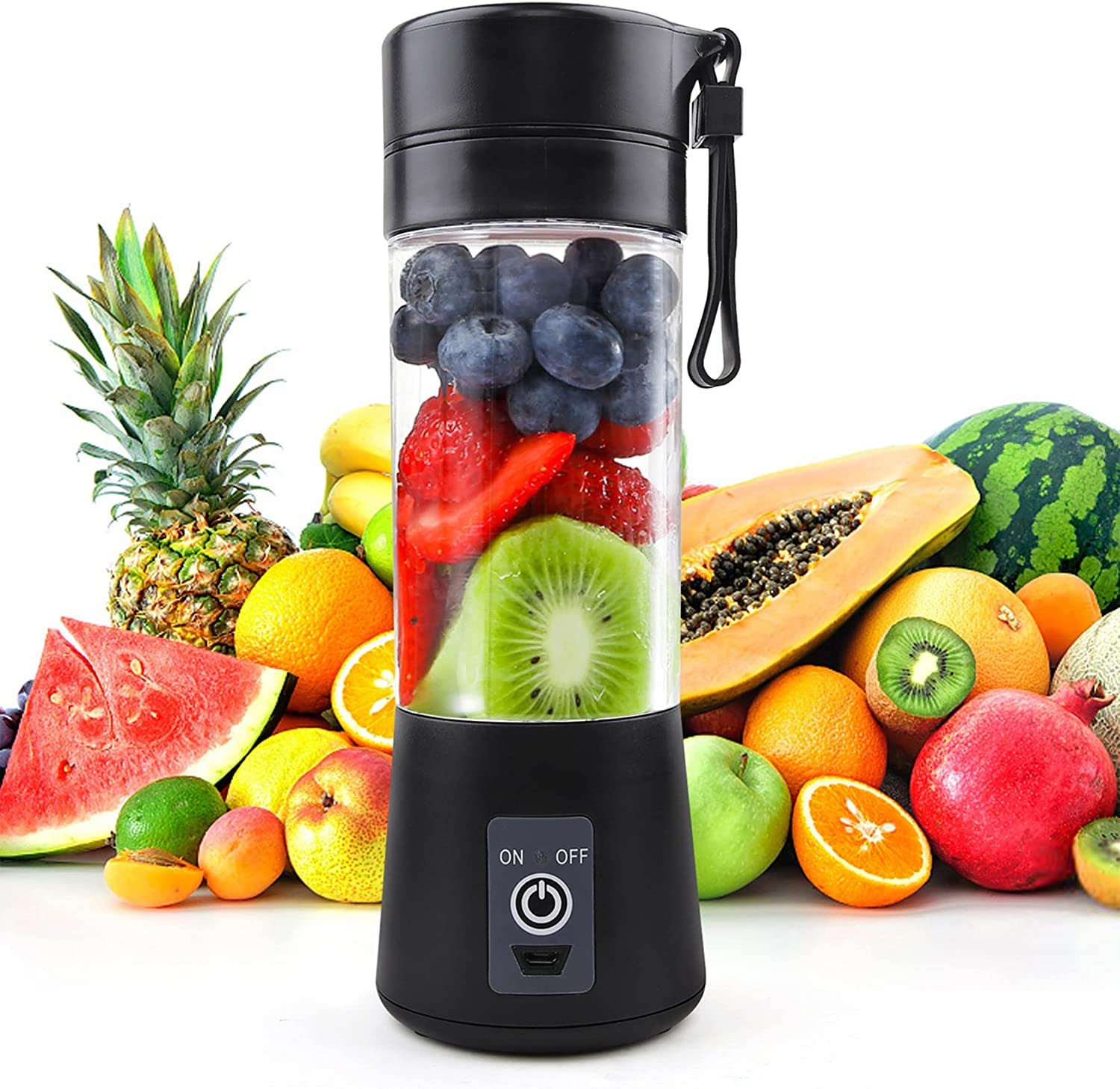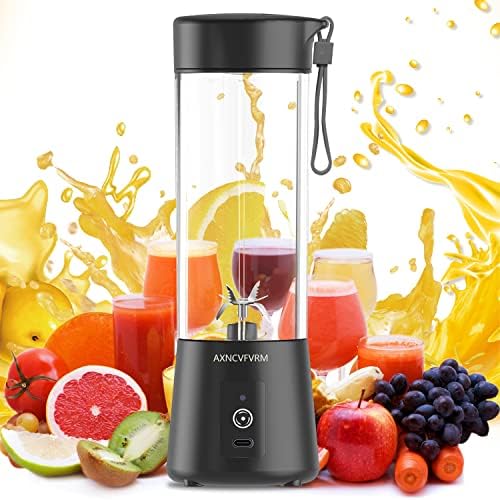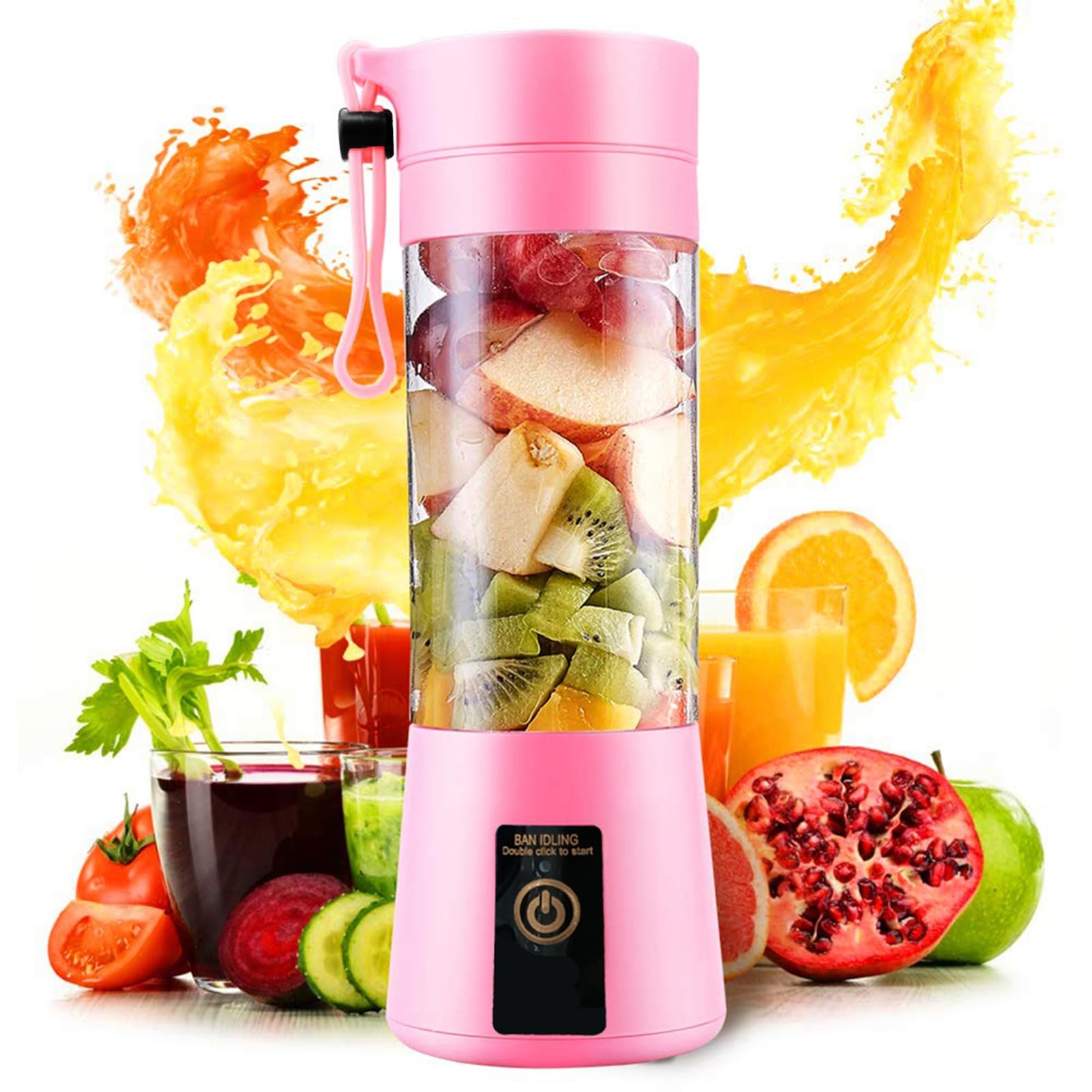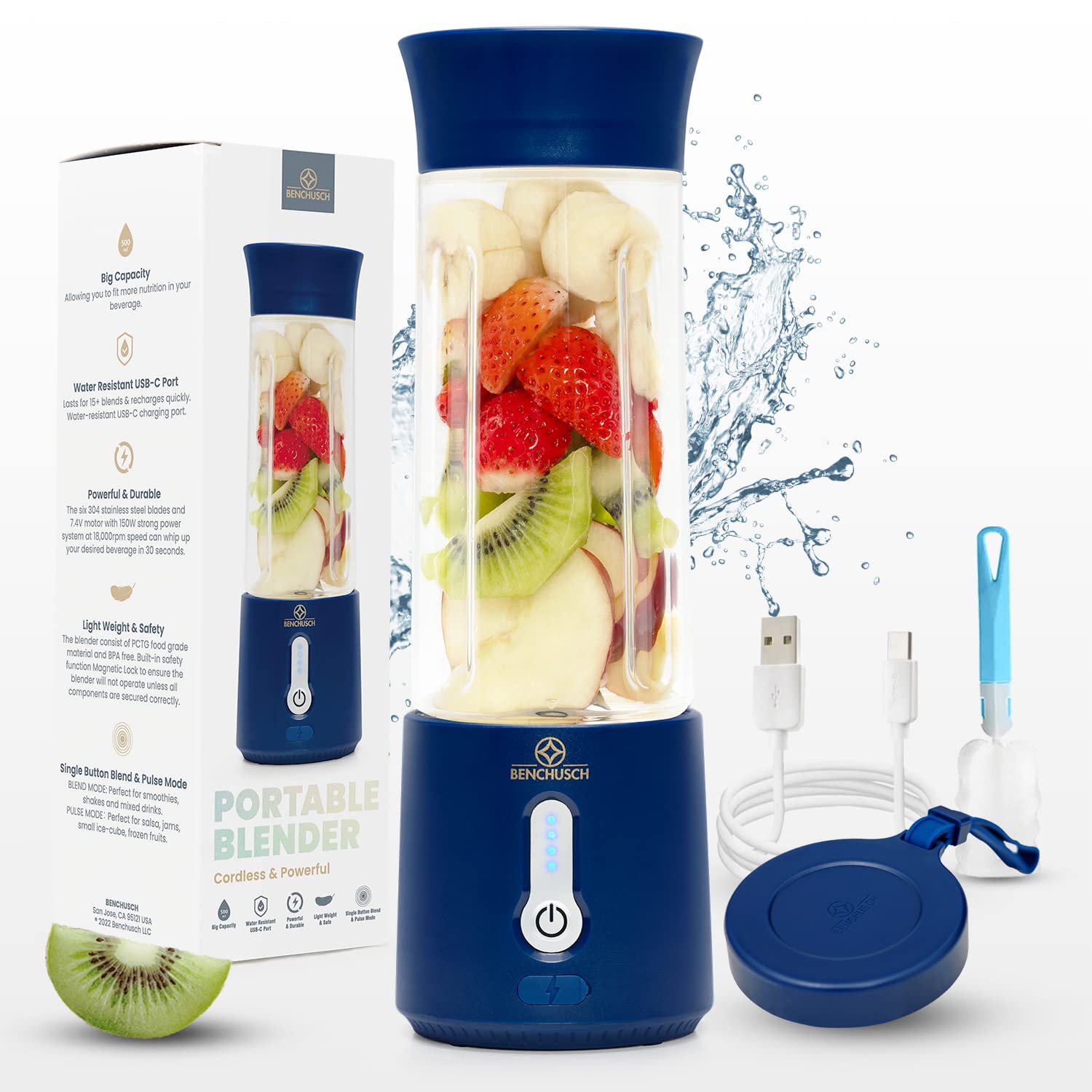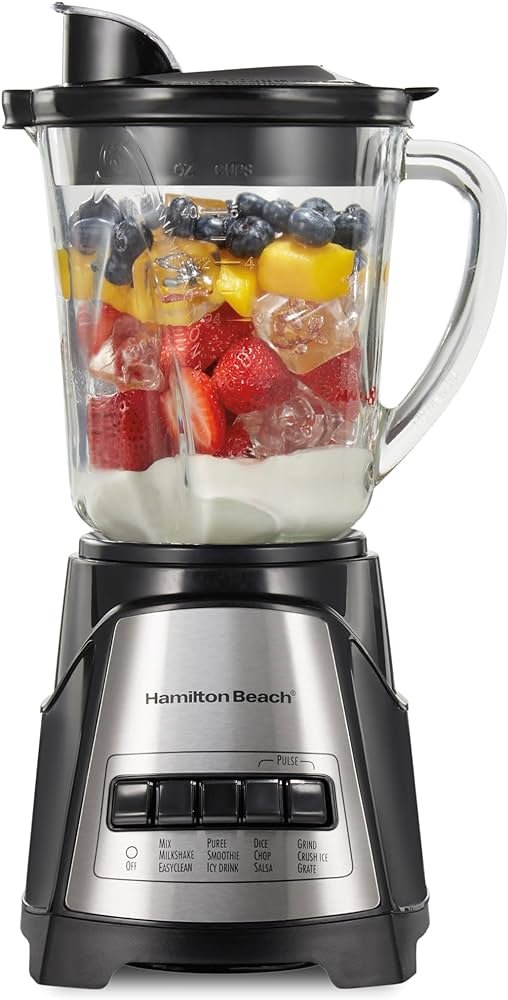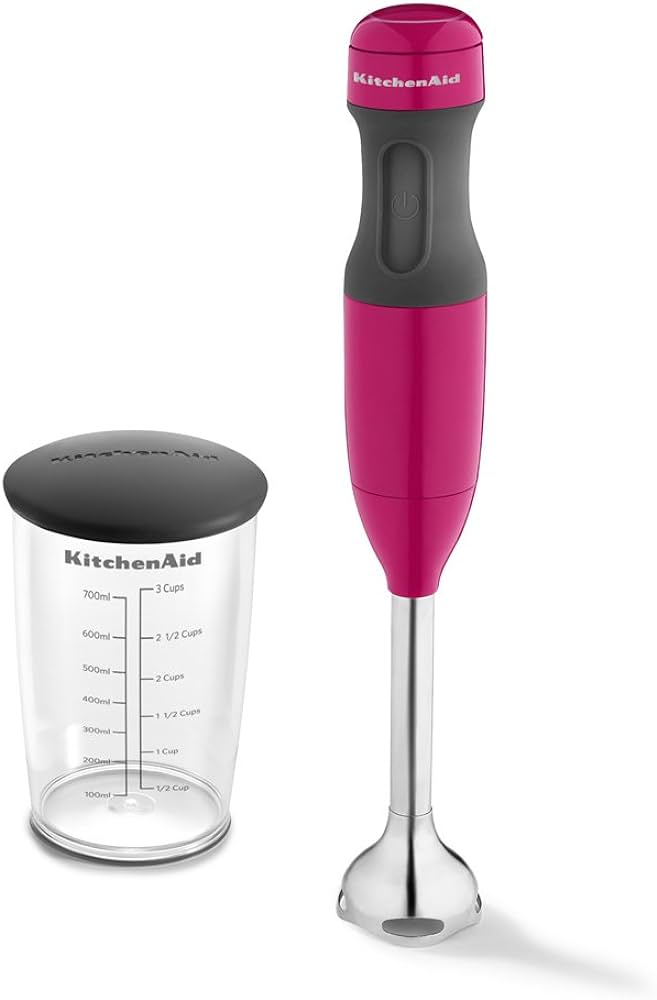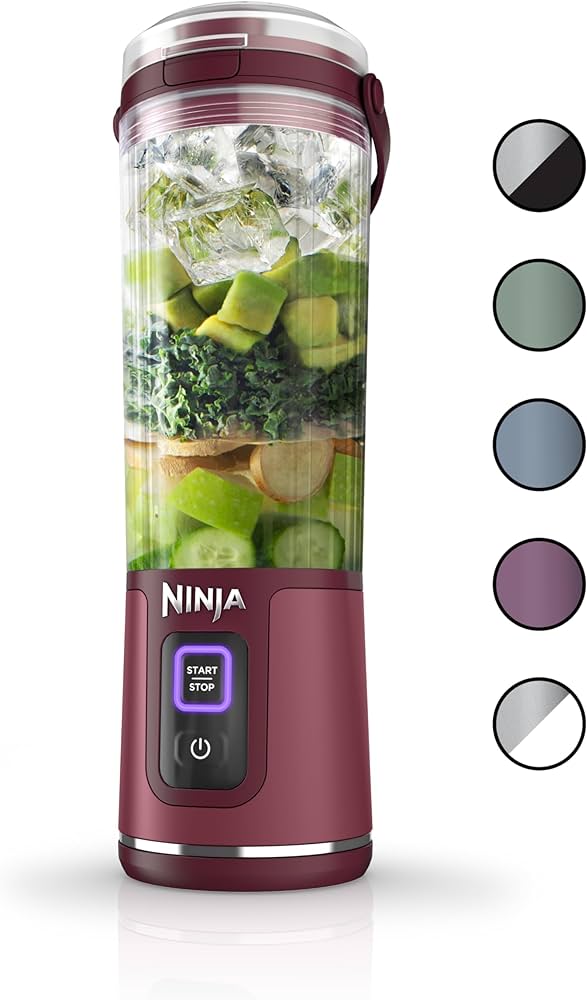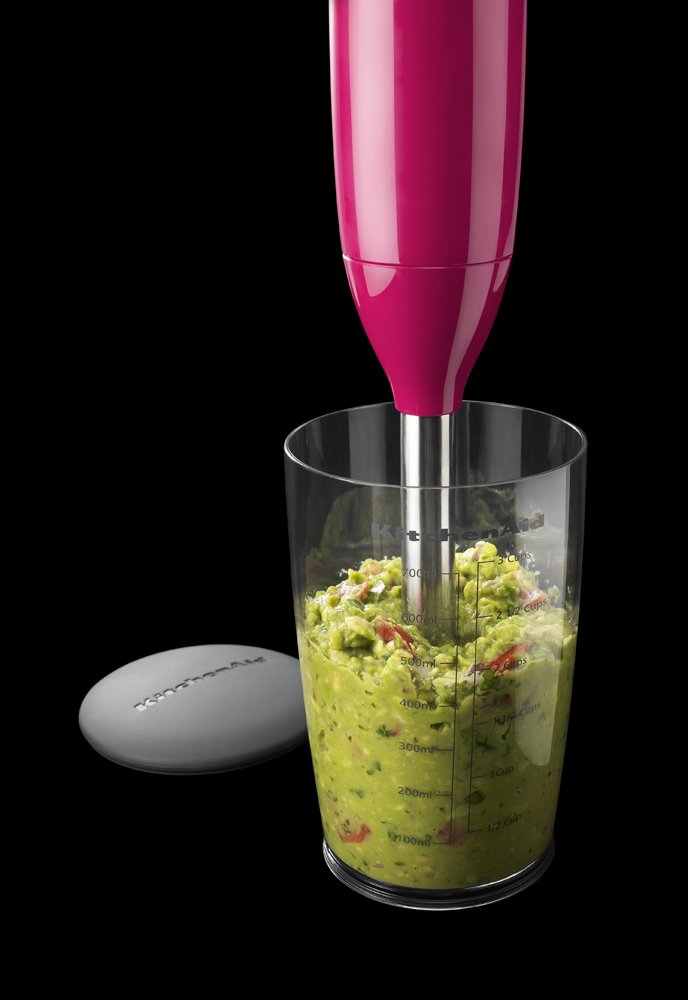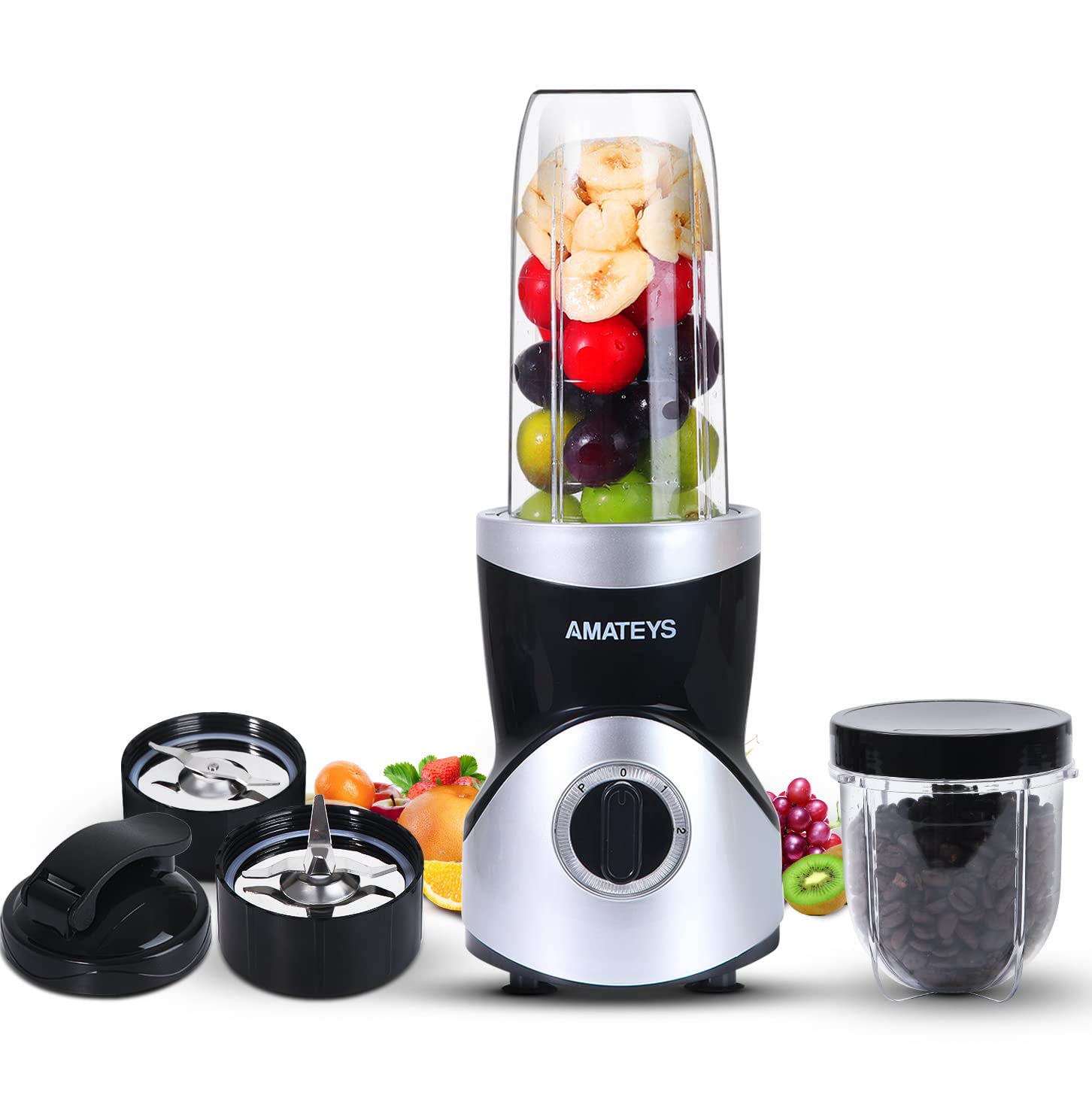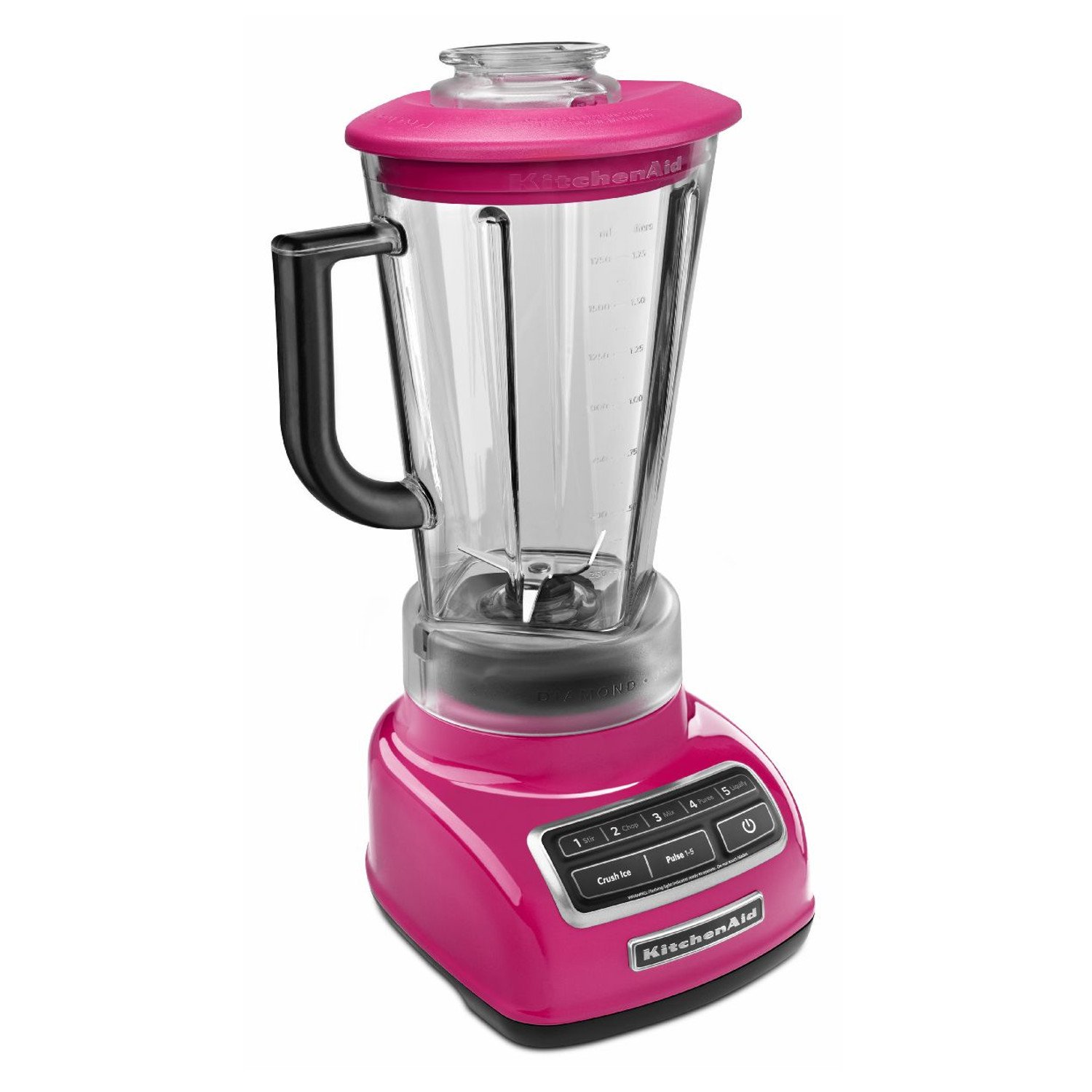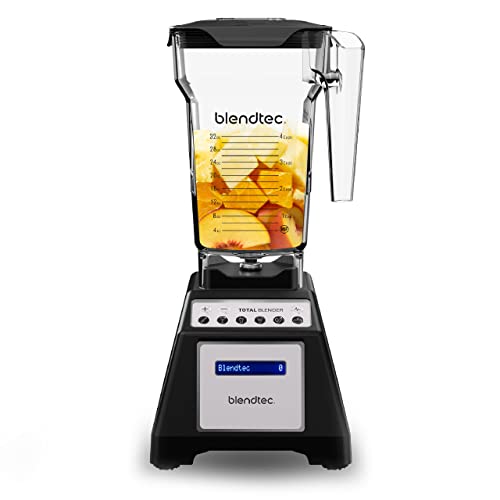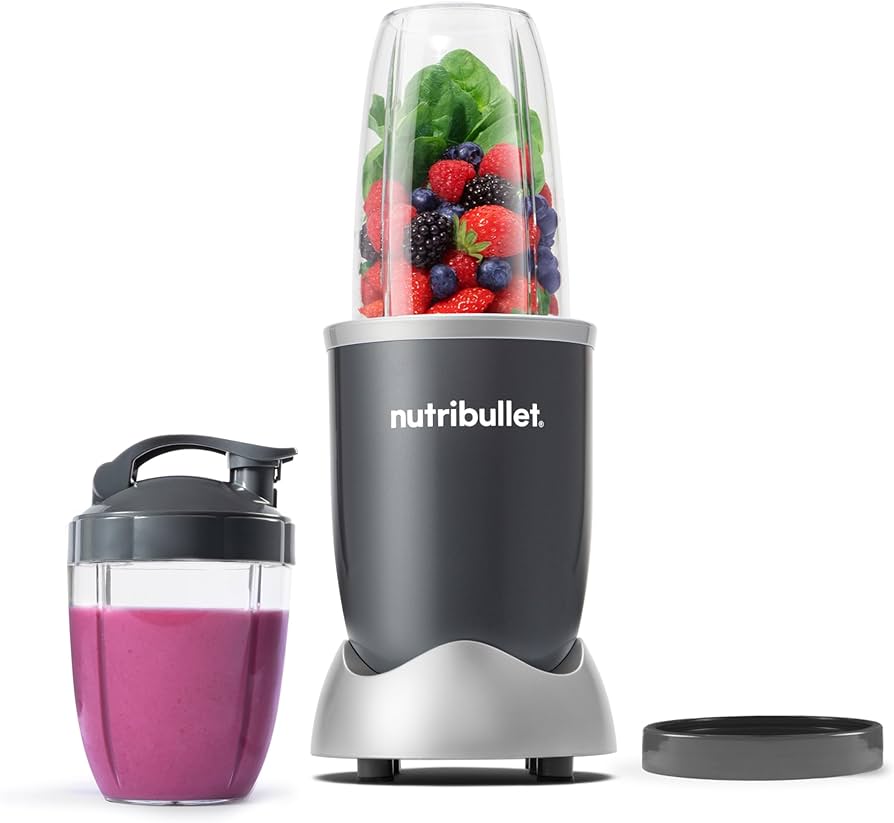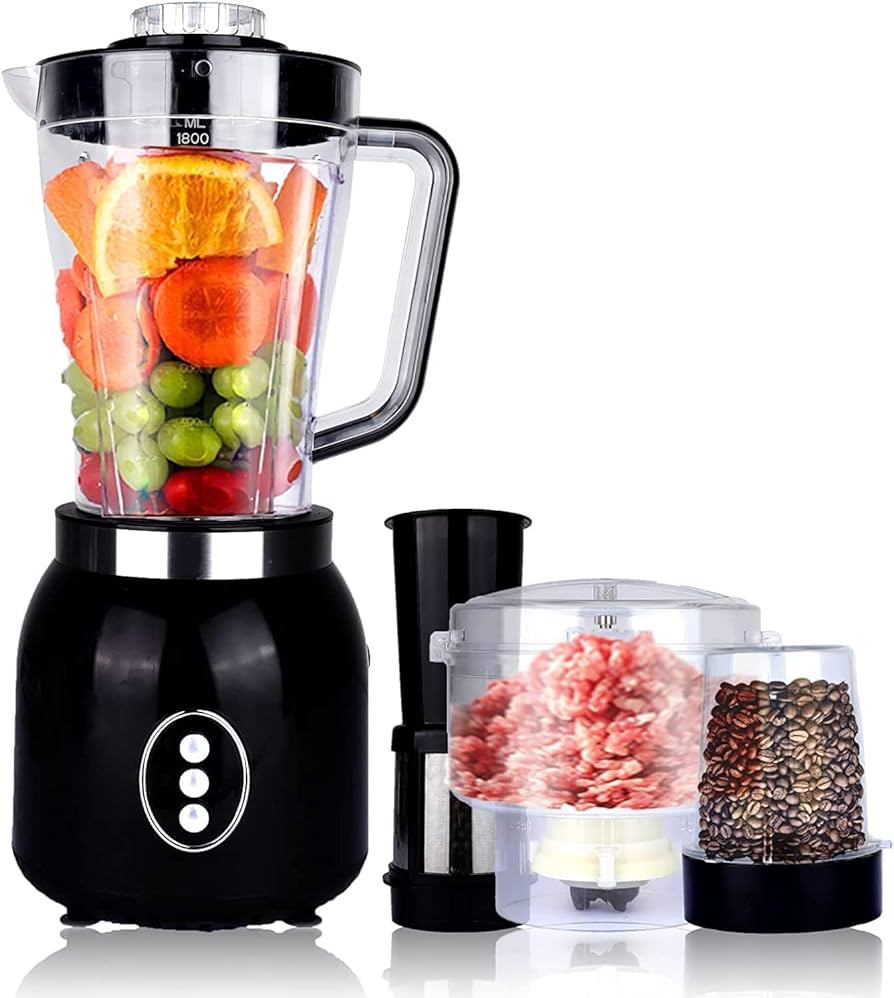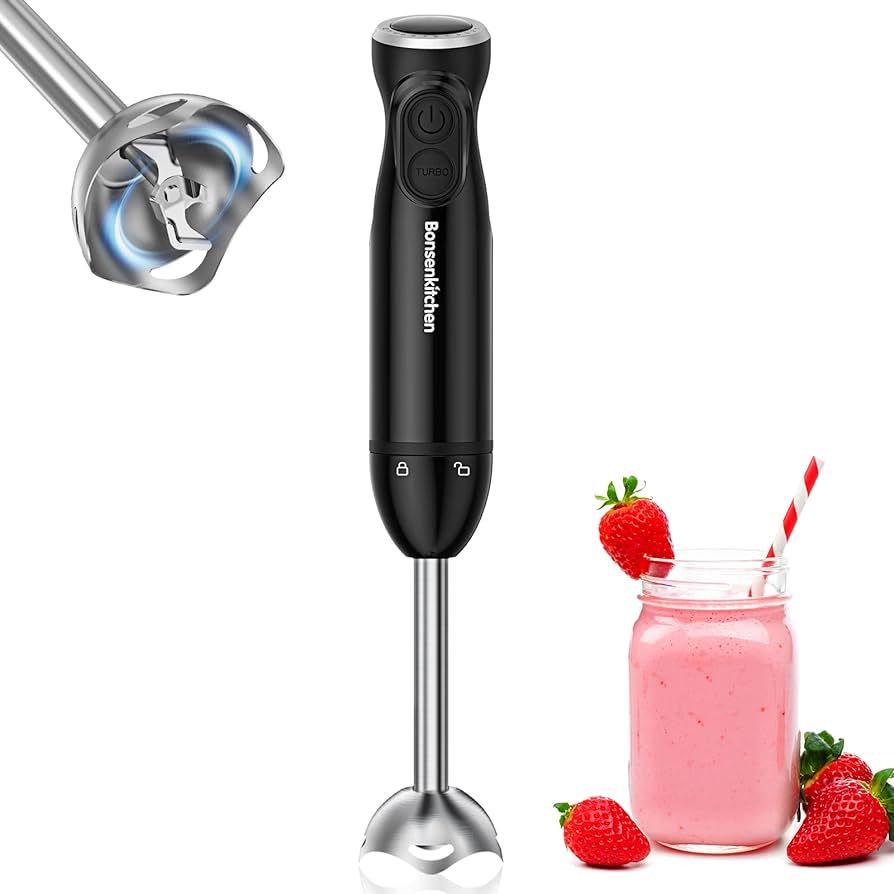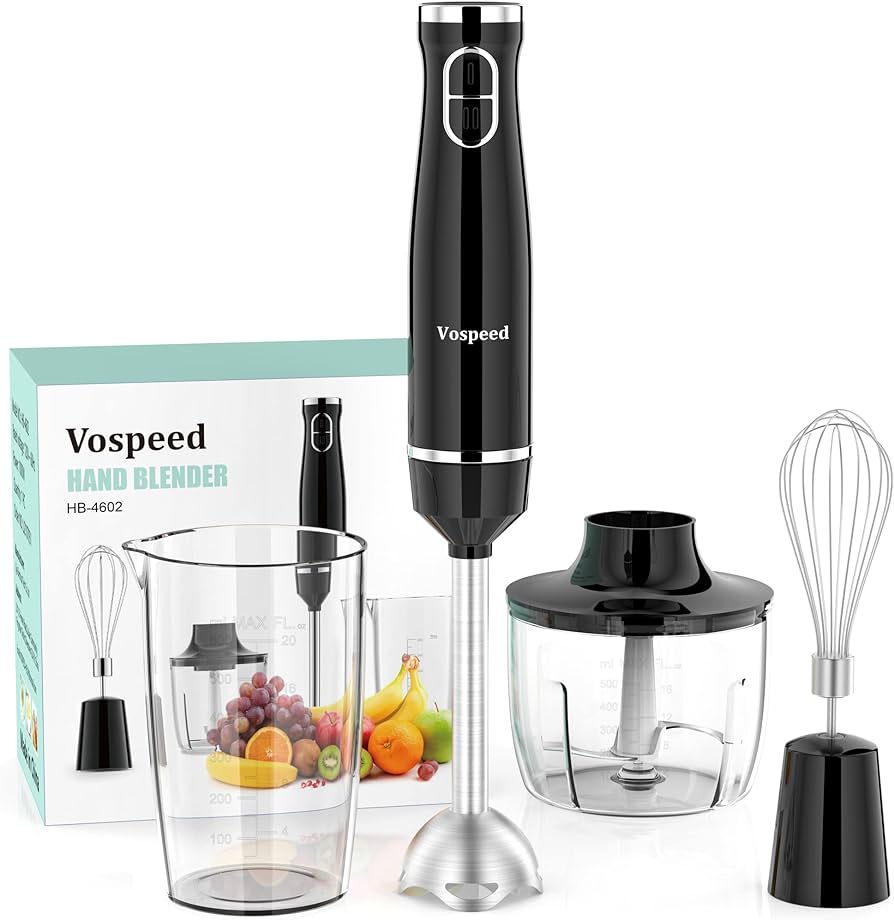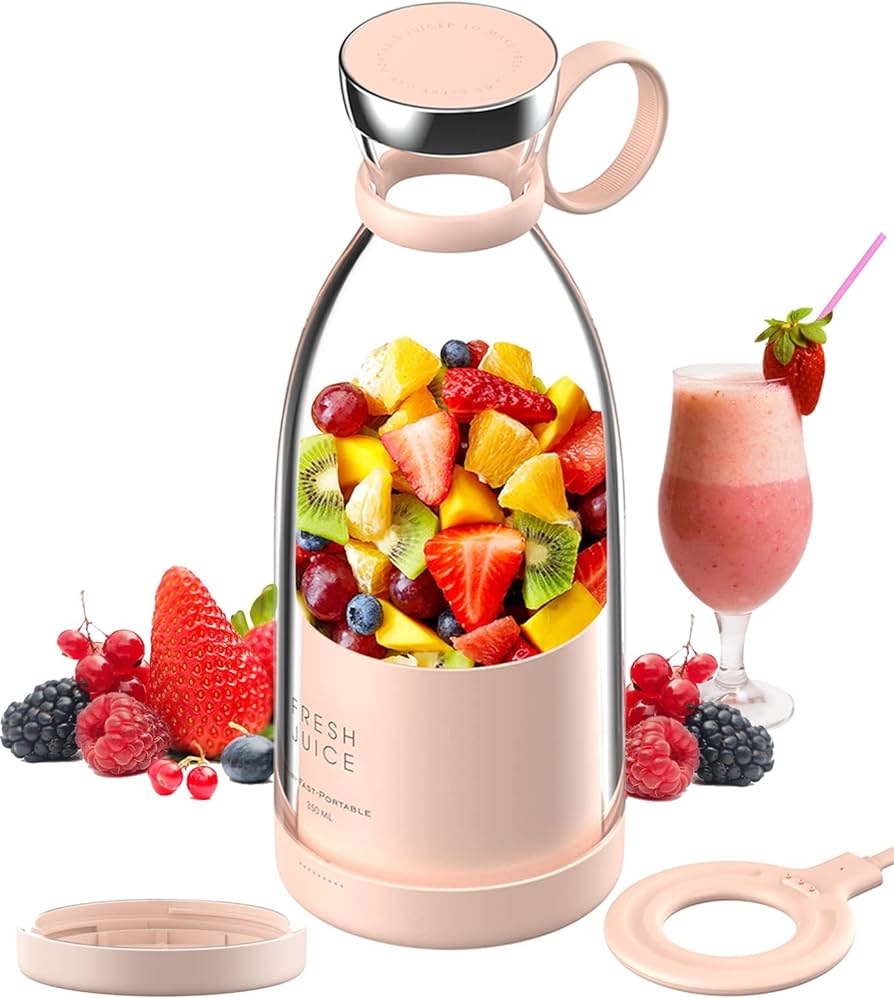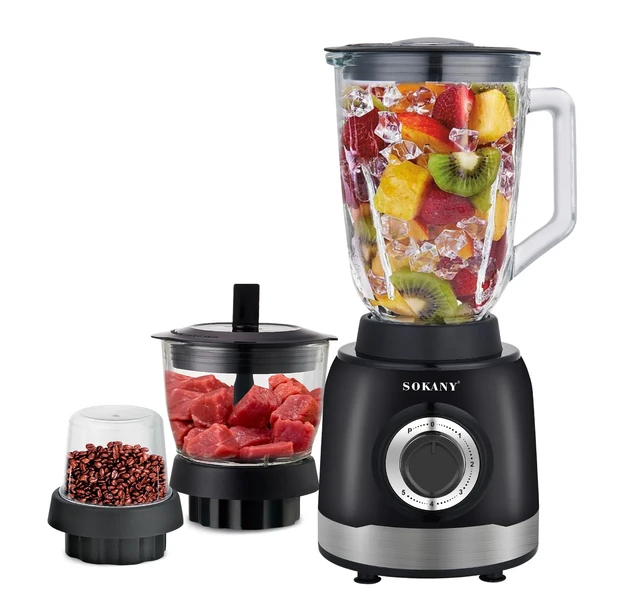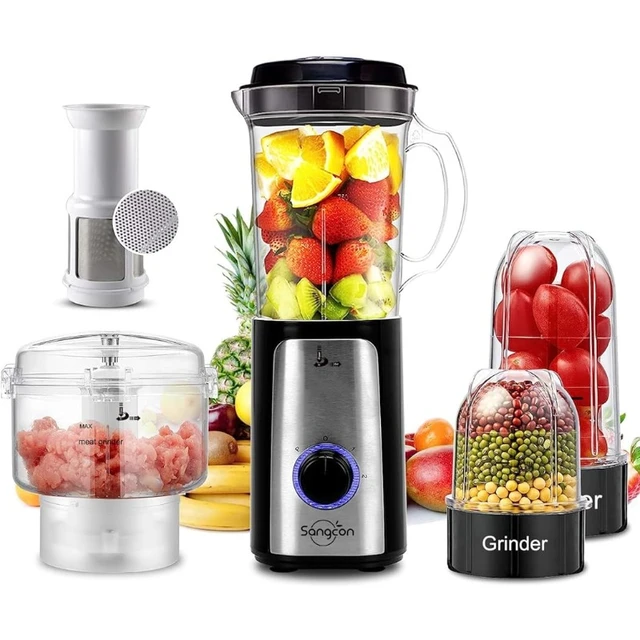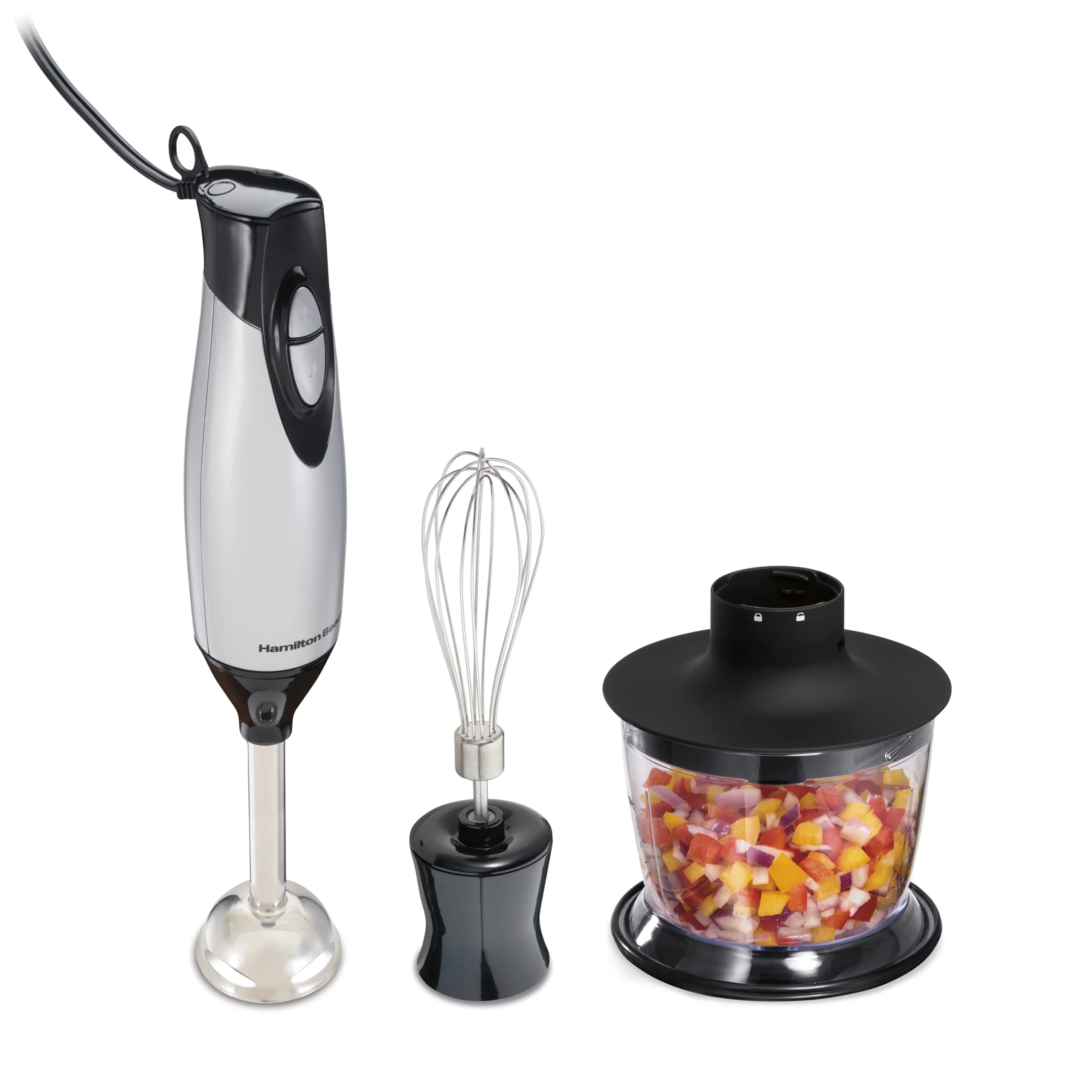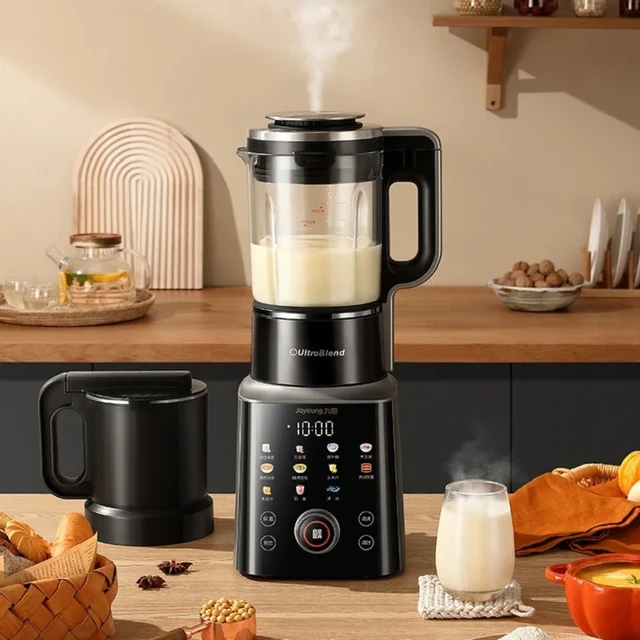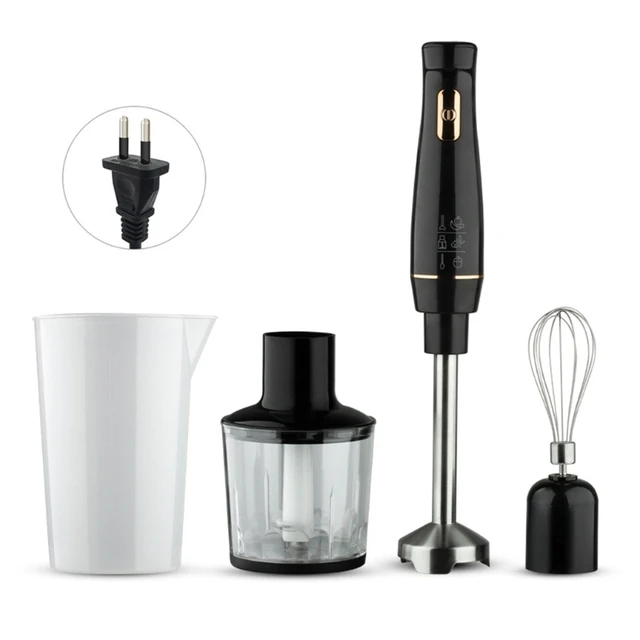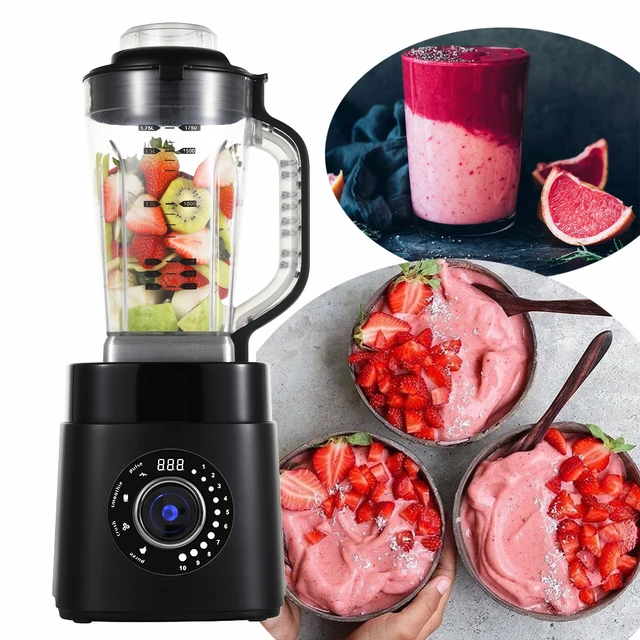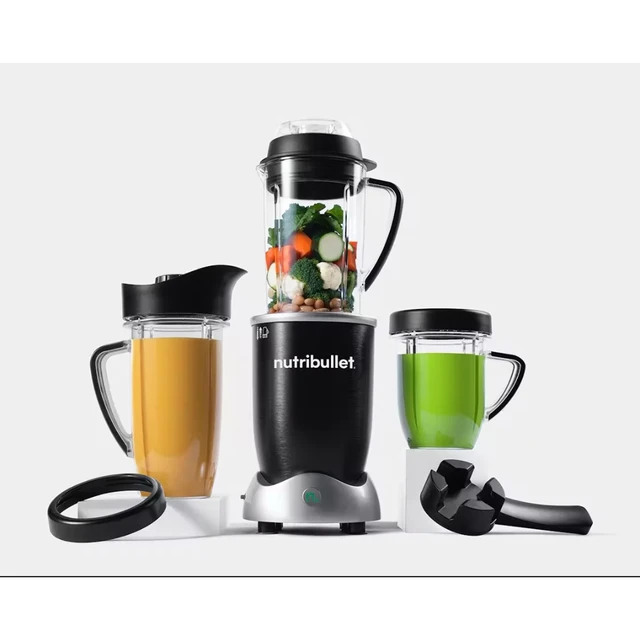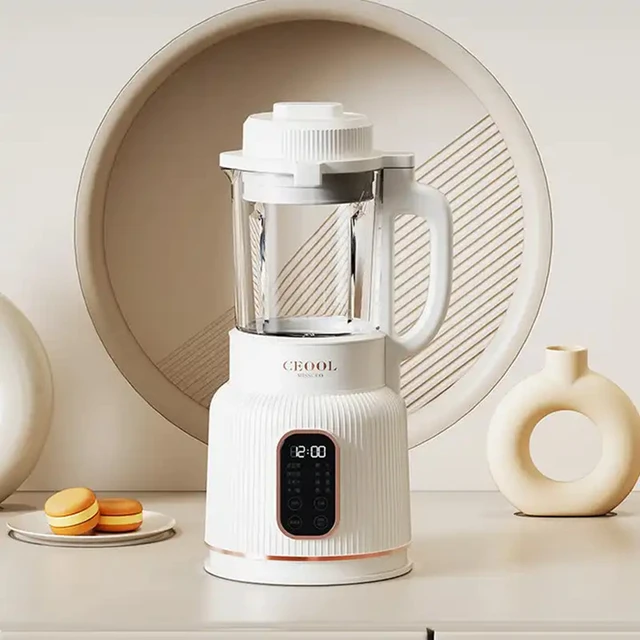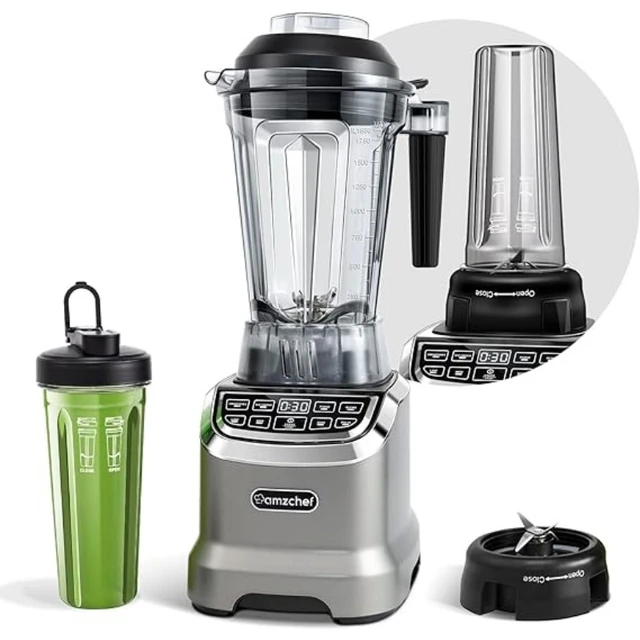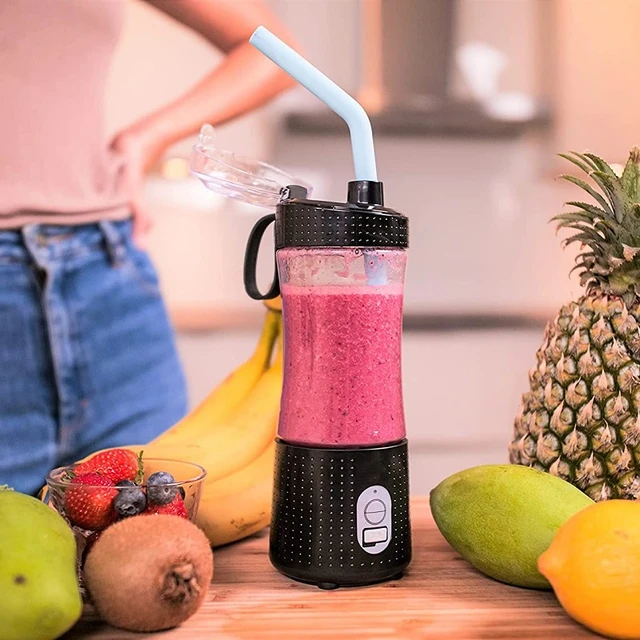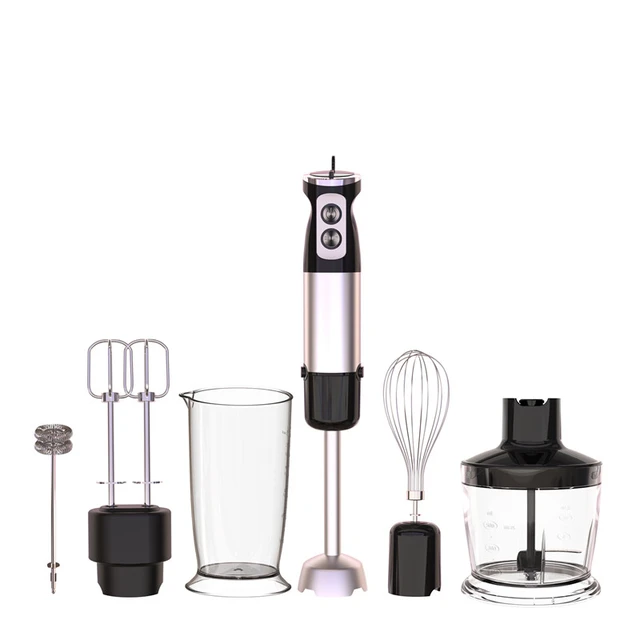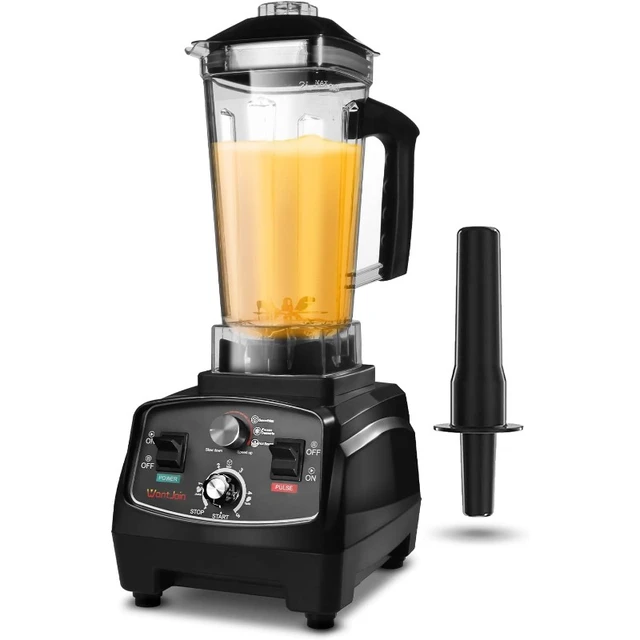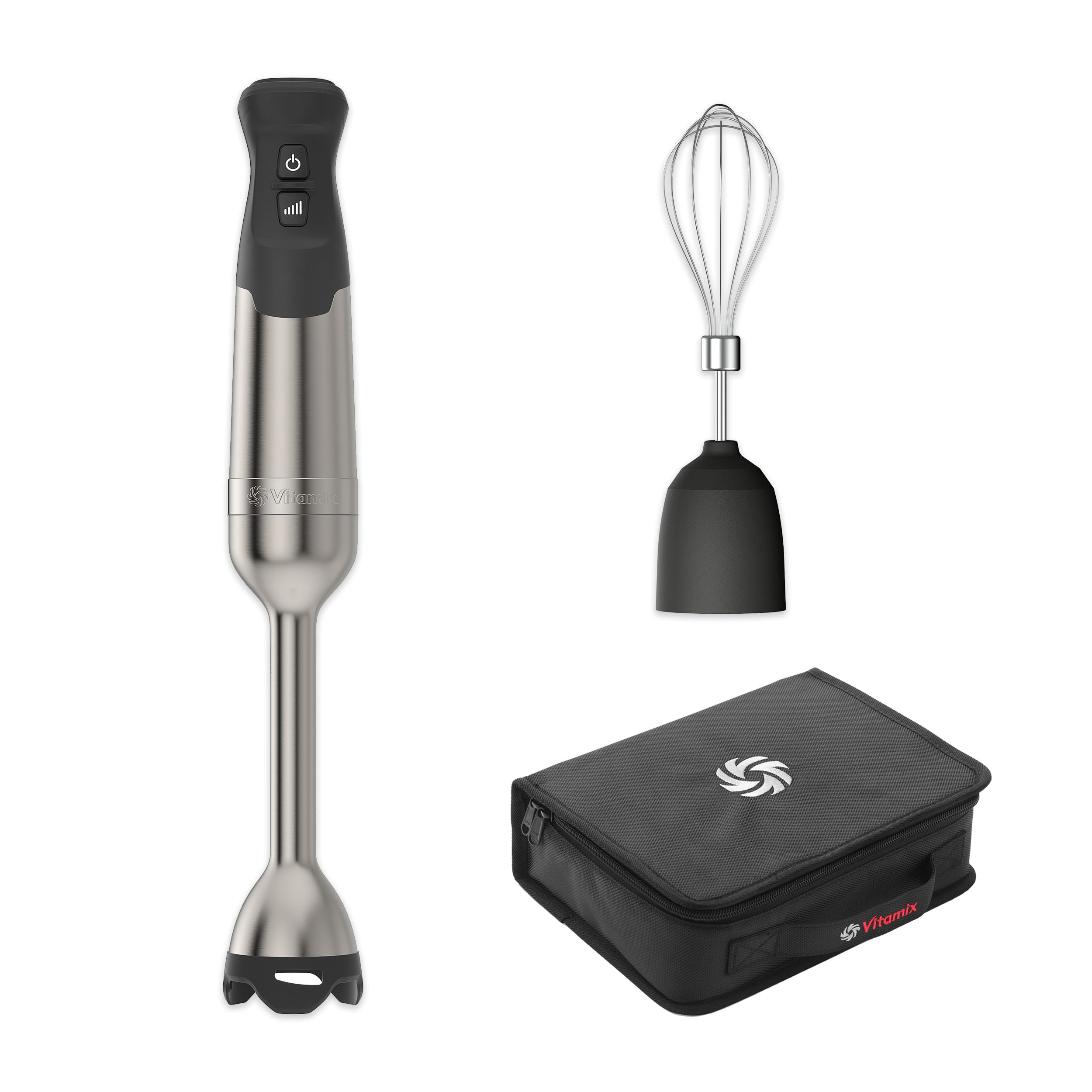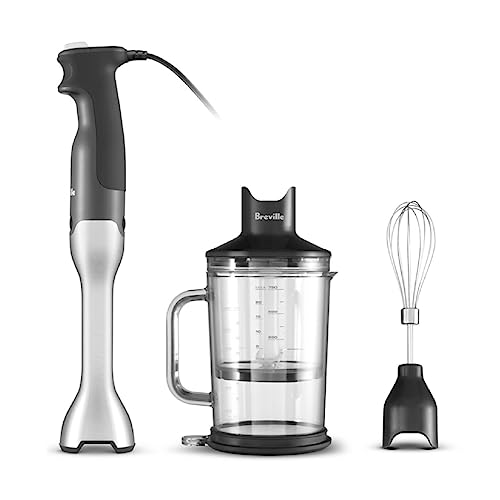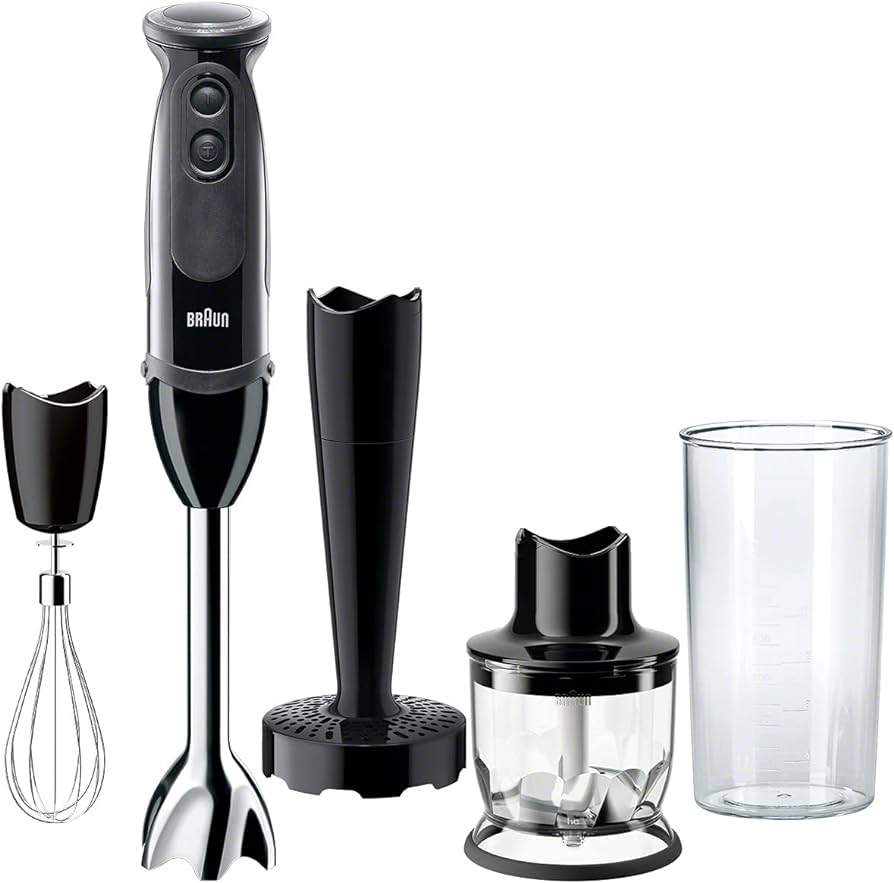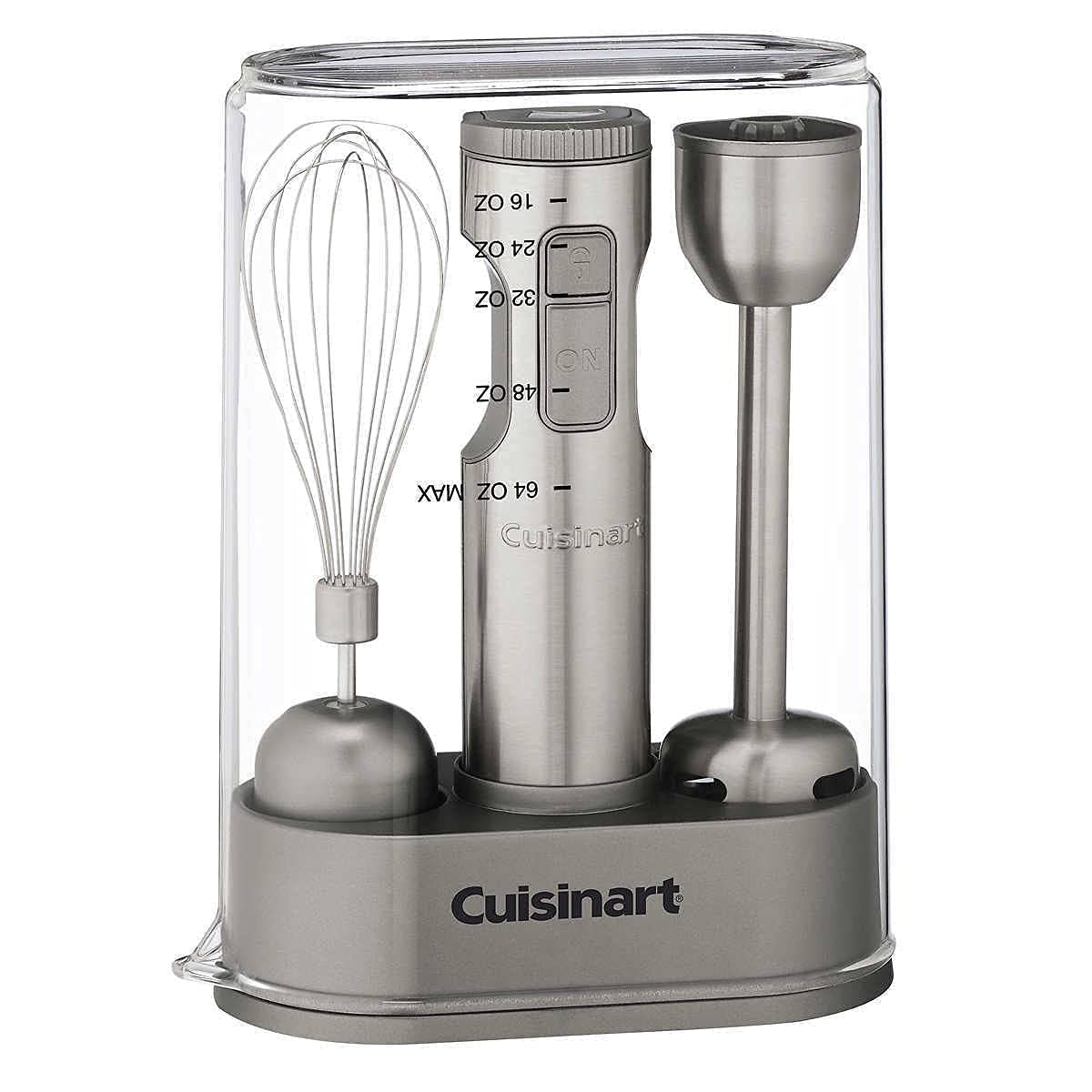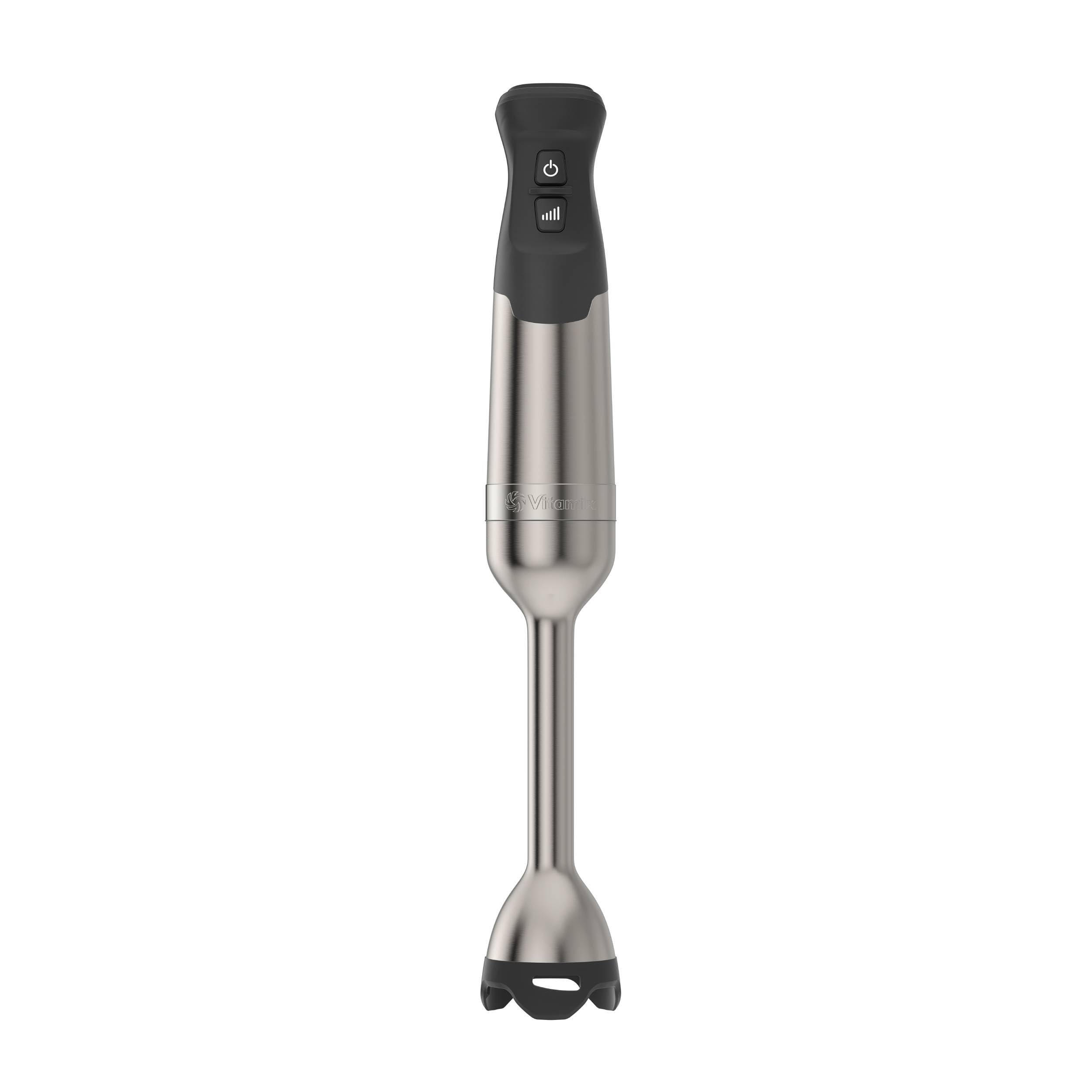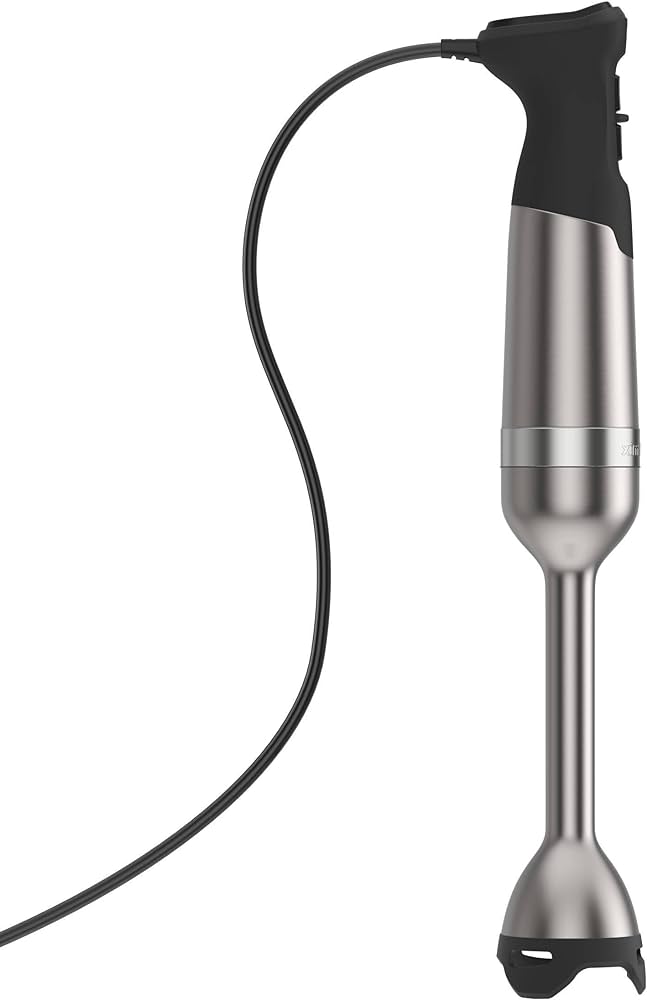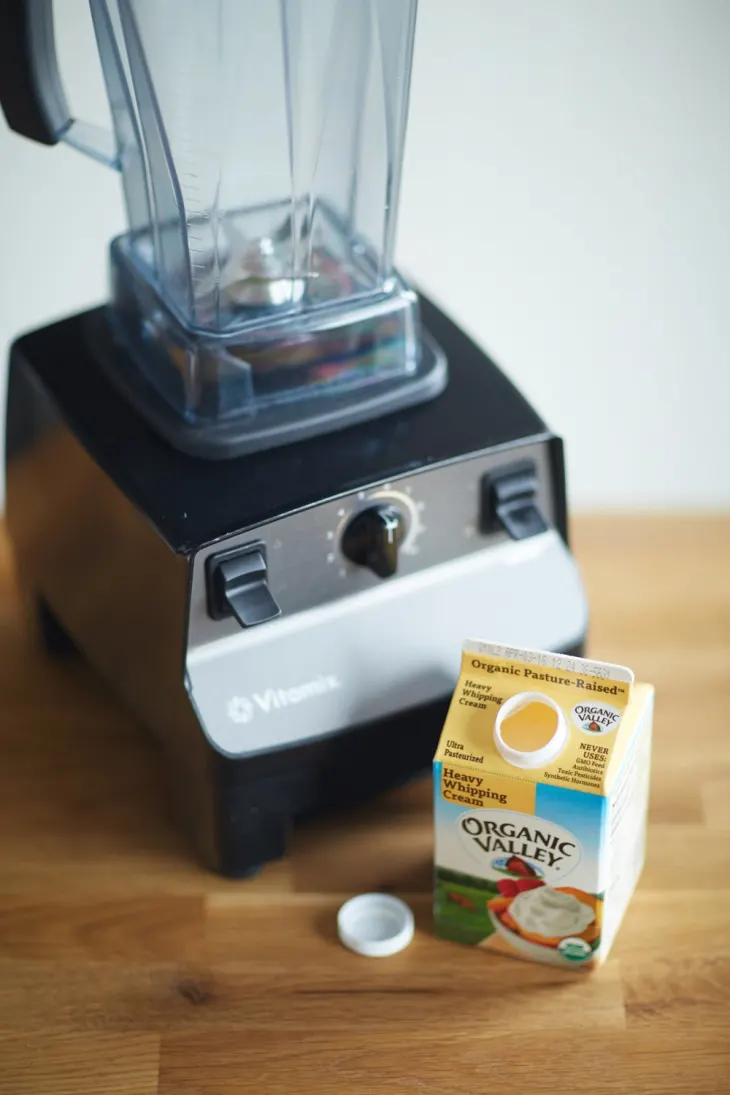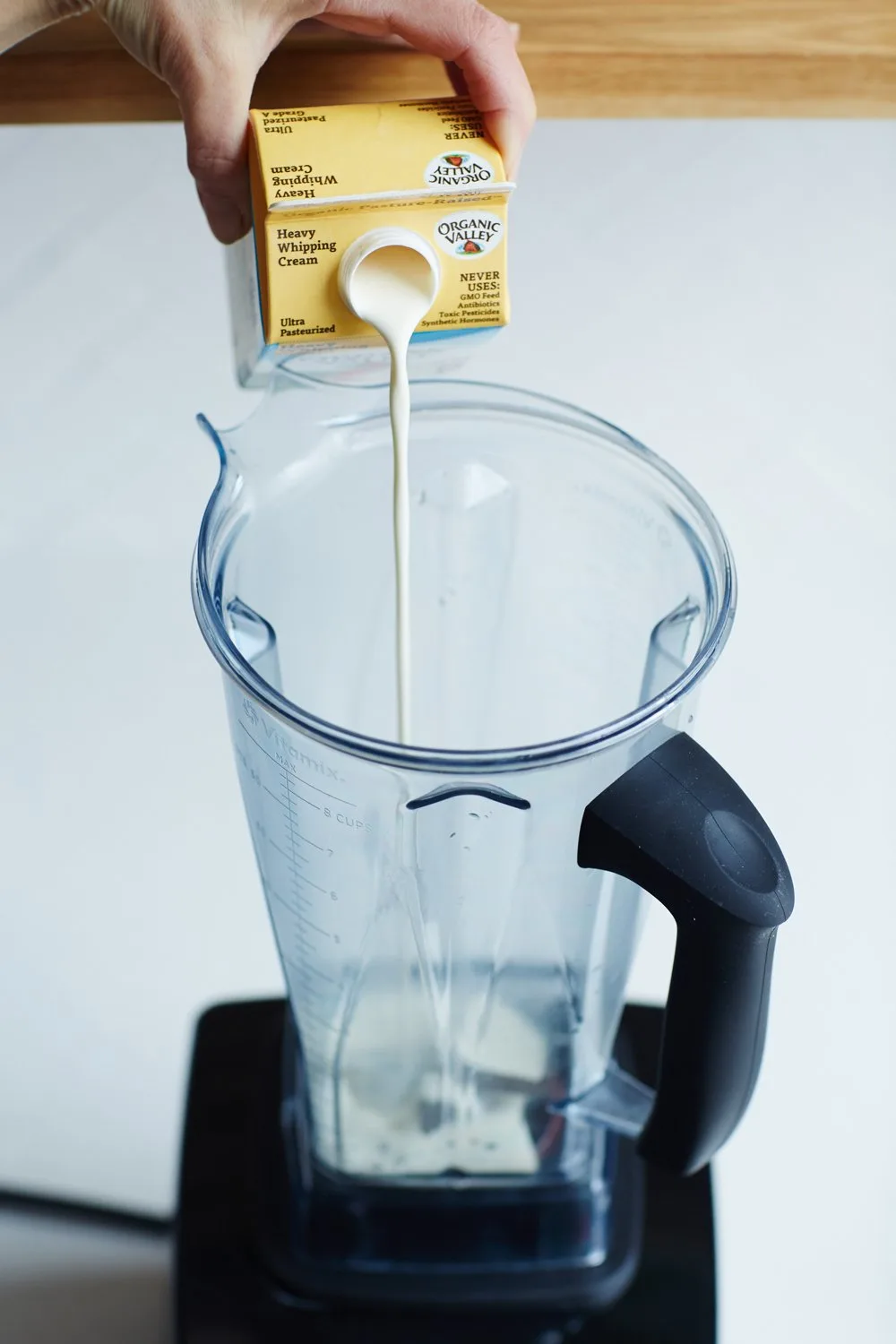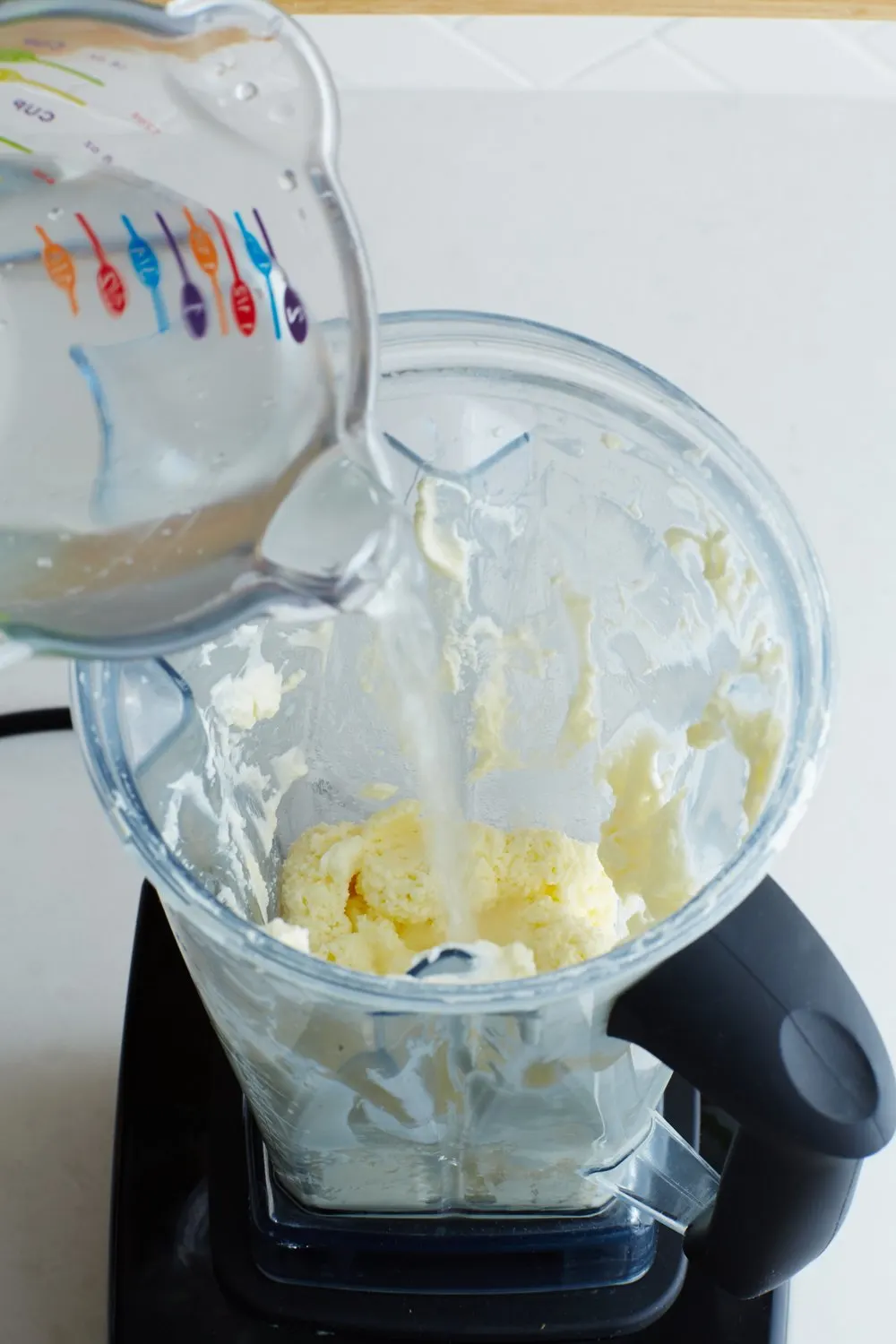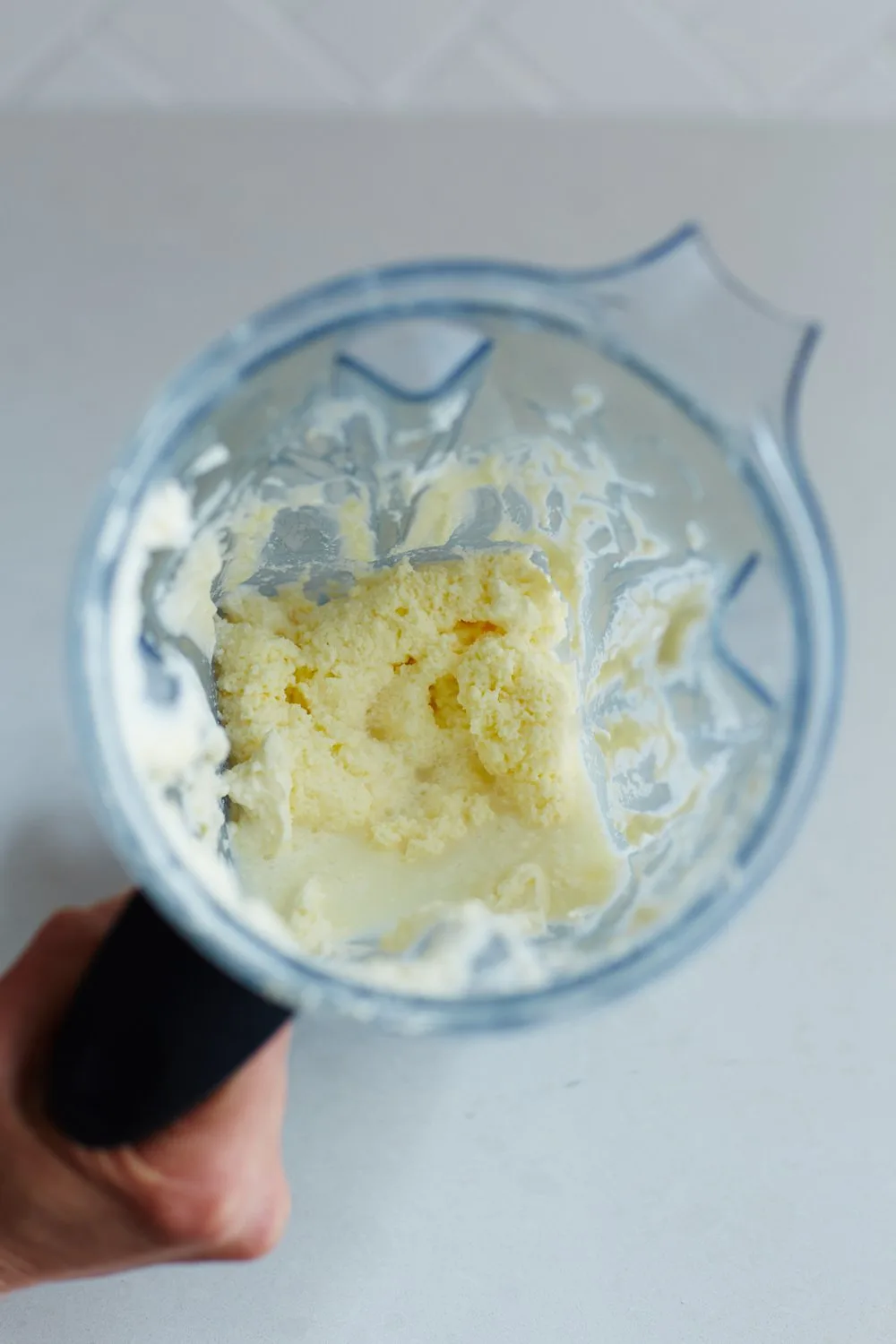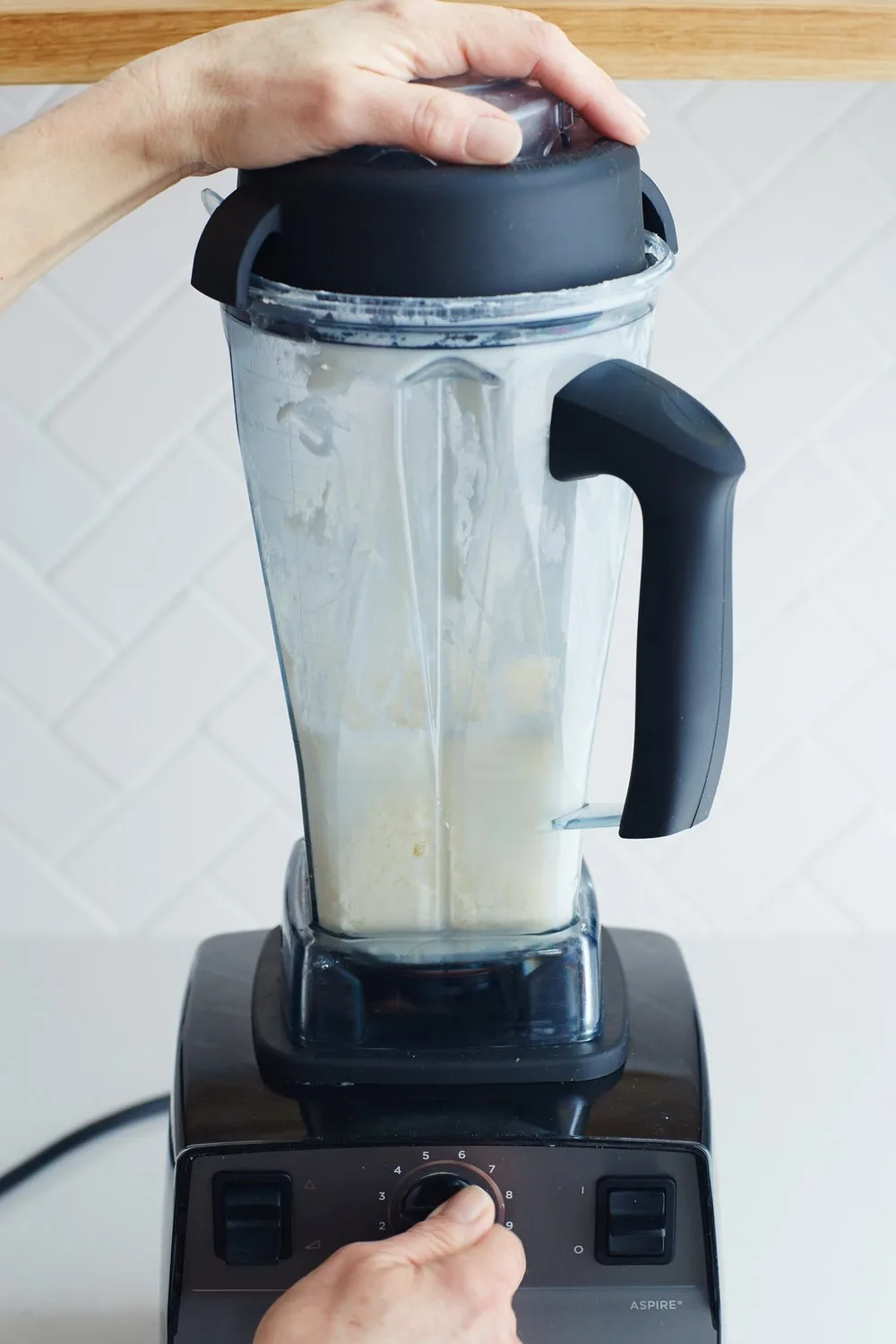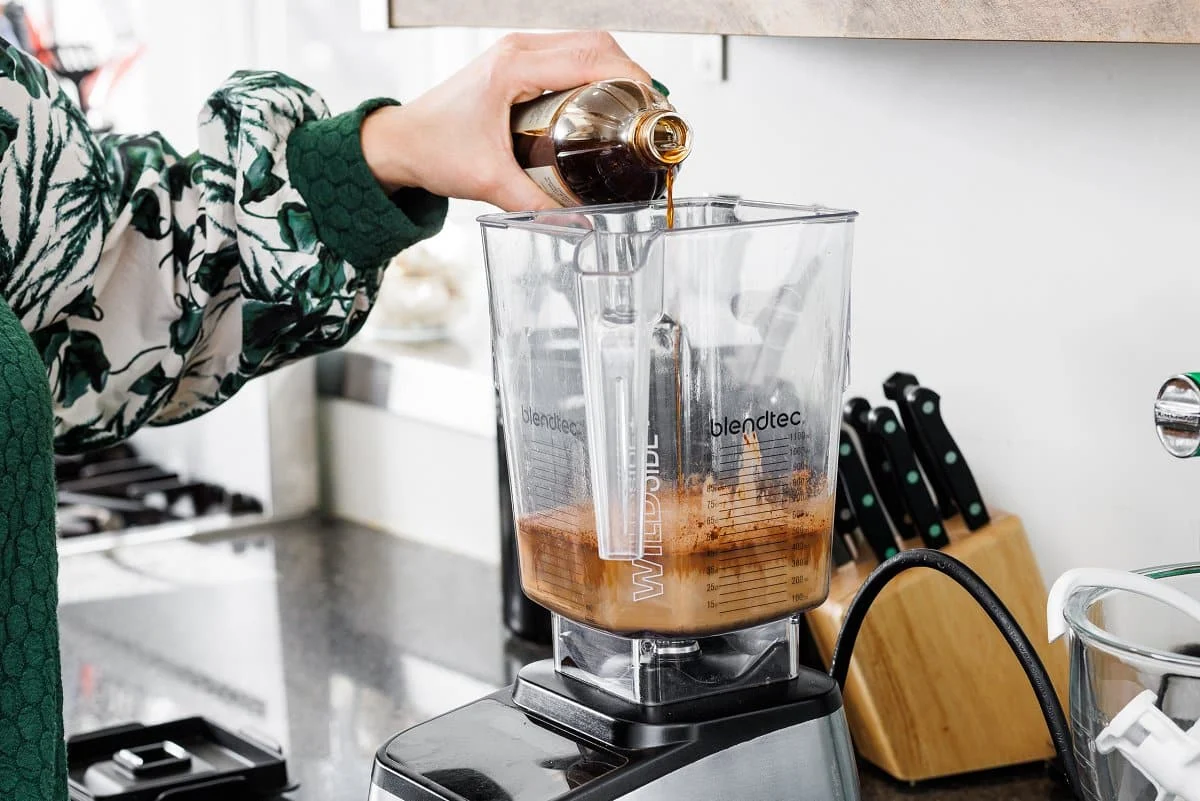
Introduction:
Starbucks, renowned for its quality beverages, particularly its creamy smoothies and frappuccinos, relies on high-performance blenders to deliver consistent and efficient results. The blender used in Starbucks stores plays a significant role in achieving the desired texture and taste of their drinks. This guide explores the specific blender used by Starbucks, its key features, performance benefits, user insights, and how it compares to other blenders in the market.
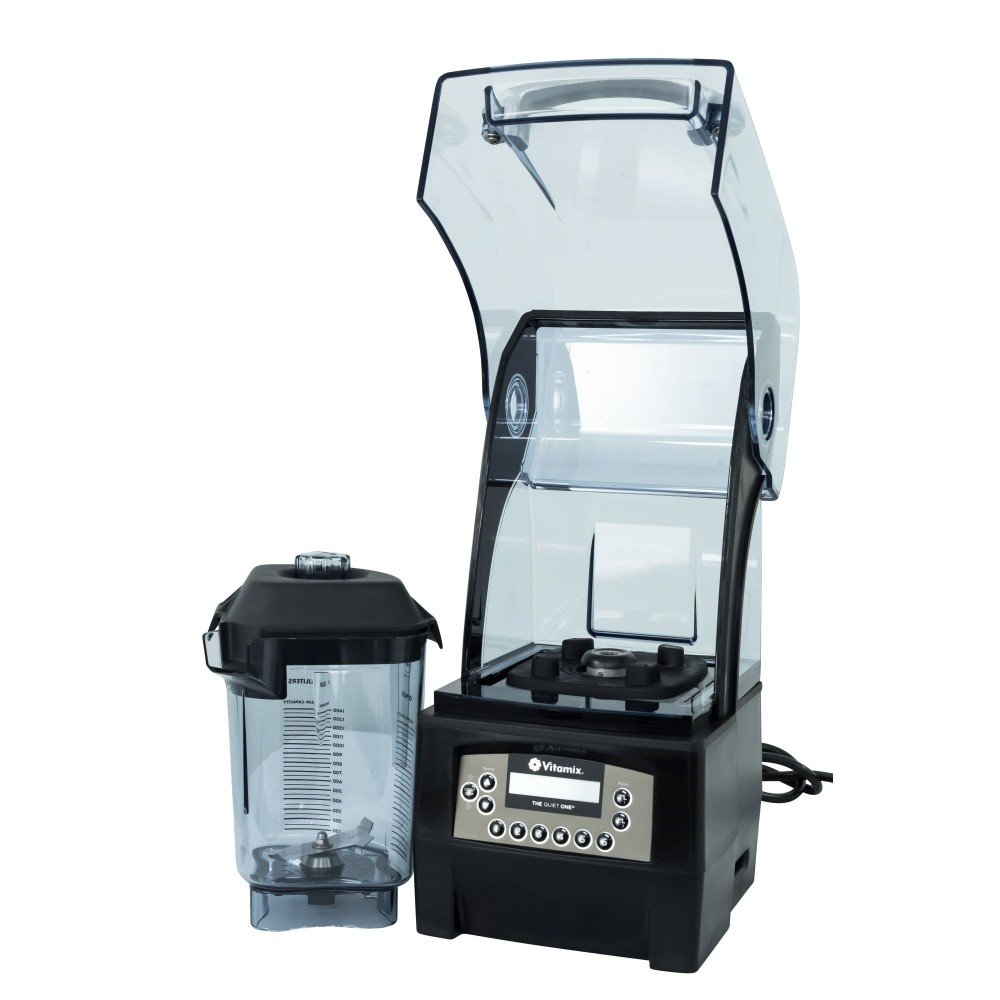
What Blender Does Starbucks Use?
Understanding the Starbucks Blender Choice
To meet the high demands of a busy café environment, Starbucks uses the Vitamix Quiet One Blender. This model is specifically designed to handle the rigors of a commercial setting, ensuring consistency and efficiency in beverage preparation.
The Vitamix Quiet One: The Vitamix Quiet One is the preferred choice for Starbucks due to its powerful performance, noise reduction capabilities, and reliability. This blender’s design and features align perfectly with the needs of high-volume cafes like Starbucks.
Key Features of the Vitamix Quiet One
The Vitamix Quiet One incorporates several advanced features that make it ideal for commercial use in Starbucks stores.
Noise Reduction: One of the standout features is its premium noise reduction. The blender is equipped with a sound enclosure and other noise-dampening technologies, making it one of the quietest blenders in the market. This feature is particularly beneficial in a café setting where maintaining a pleasant ambiance is important.
Powerful Motor: The Vitamix Quiet One is powered by a robust 3-peak horsepower motor, capable of blending thick beverages and tough ingredients quickly and efficiently. This powerful motor ensures smooth, consistent blends every time.
Pre-Programmed Settings: With 34 optimized programs and 93 variable speeds, the blender allows for precise control over blending processes. The pre-programmed settings help staff consistently create Starbucks’ signature drinks without manual adjustments.
Convenient Design: The blender jar features a 48-ounce capacity, perfect for making multiple beverages at once. The unique design promotes better ingredient circulation, ensuring even blending. The sound enclosure is easy to remove and clean, enhancing convenience for busy baristas.

Performance Benefits in a Café Environment
The Vitamix Quiet One’s performance benefits greatly enhance operations in Starbucks stores, improving both efficiency and customer experience.
Efficient Beverage Preparation: With its powerful motor and pre-programmed settings, the Vitamix Quiet One swiftly prepares a variety of beverages, including frappuccinos, smoothies, and other blended drinks. This efficiency is crucial during peak hours when quick service is essential.
Consistency and Quality: Consistency is key in delivering Starbucks’ famous beverages. The Vitamix Quiet One ensures that each drink meets the same quality standards, regardless of who is blending it. The pre-programmed settings eliminate guesswork, producing uniform results every time.
Reduced Noise Levels: The advanced noise reduction technology is a significant advantage in maintaining a serene café atmosphere. Customers can enjoy their time at Starbucks without the disruptive noise typically associated with high-powered blenders.
Durability and Reliability: Built for commercial use, the Vitamix Quiet One is designed to withstand continuous operation and heavy use. Its durable components and robust construction ensure long-lasting performance, minimizing downtime and maintenance needs.
User Insights and Experiences
Feedback from Starbucks baristas and other users highlight the practical benefits and performance of the Vitamix Quiet One in real-world settings.
Positive Feedback on Noise Reduction: Many baristas appreciate the quiet operation of the Vitamix Quiet One, noting that it enhances the overall customer experience. The reduced noise allows for better communication between staff and customers, contributing to a more pleasant environment.
Efficiency and Speed: Users frequently commend the blender’s ability to handle high volumes of orders quickly. The pre-programmed settings and powerful motor streamline the blending process, reducing wait times during busy periods.
Ease of Use and Maintenance: Baristas find the Vitamix Quiet One intuitive to operate, thanks to its simple controls and pre-set programs. The sound enclosure and blender jar are easy to clean, making daily maintenance straightforward and manageable.
Consistency in Beverage Quality: The consistent performance of the blender ensures that every drink meets Starbucks’ quality standards. This reliability is crucial for maintaining customer satisfaction and brand reputation.
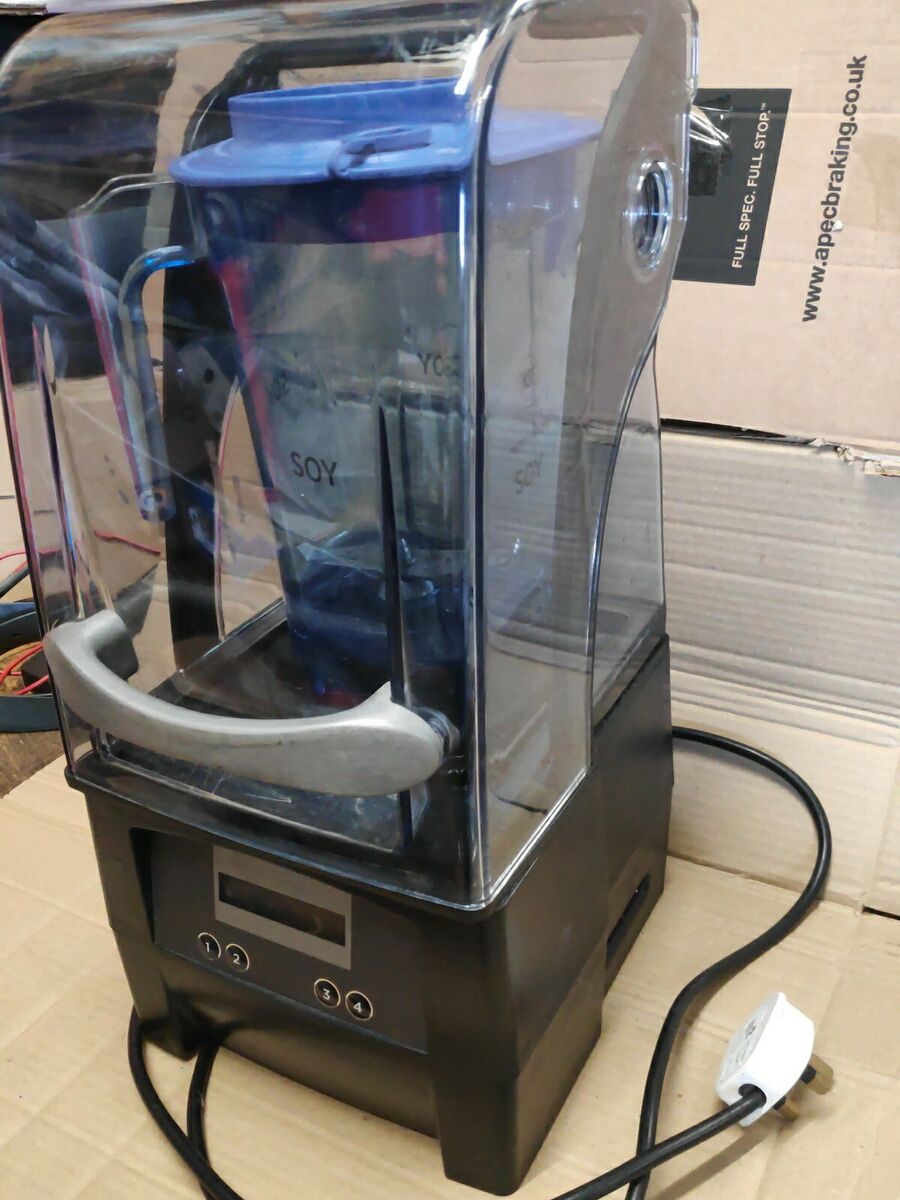
Professional Recommendations and Insights
Professional insights shed light on the reasons behind Starbucks’ choice of the Vitamix Quiet One and its impact on beverage preparation.
Culinary Expert Opinions: Culinary experts highlight the importance of powerful, efficient blenders in commercial kitchens and cafes. The Vitamix Quiet One’s ability to quickly blend thick and tough ingredients without compromising on texture and consistency is a key factor in its selection.
Dietitian Perspectives: Dietitians emphasize the significance of blending technology in preserving the nutritional quality of ingredients. The Vitamix Quiet One’s efficient blending process helps maintain the nutrients in fresh fruits and vegetables, enhancing the health benefits of Starbucks’ smoothies and blended beverages.
Comparing Vitamix Quiet One with Other Blenders
Understanding how the Vitamix Quiet One compares to other commercial blenders provides a comprehensive perspective on its unique advantages.
Vitamix Quiet One vs. Blendtec Stealth 885: The Blendtec Stealth 885 is another top-tier commercial blender renowned for its powerful performance and quiet operation.
Vitamix Quiet One vs. Hamilton Beach QuietBlend: The Hamilton Beach QuietBlend is a more affordable option, also featuring noise reduction technology. While effective for small to medium operations, it may not match the Vitamix Quiet One’s power and durability in high-volume settings like Starbucks.
Price Considerations: The Vitamix Quiet One is an investment, reflecting its commercial-grade quality and advanced features. For establishments with high demand for blended beverages, the reliability and efficiency of this blender justify the higher price point.

Considering Environmental and Health Aspects
The choice of blender also impacts environmental and health considerations, crucial for both Starbucks and its customers.
Energy Efficiency: The Vitamix Quiet One is designed with energy efficiency in mind, ensuring powerful performance while minimizing energy consumption. This aligns with Starbucks’ commitment to sustainability and environmental responsibility.
Nutritional Preservation: Efficient blending technology helps retain the nutritional quality of fruits, vegetables, and other ingredients, ensuring that beverages are both delicious and healthful.
Environmental Impact of Materials: The Vitamix Quiet One’s durable construction reduces the need for frequent replacements, contributing to waste reduction. Using BPA-free materials also aligns with health and environmental safety standards.
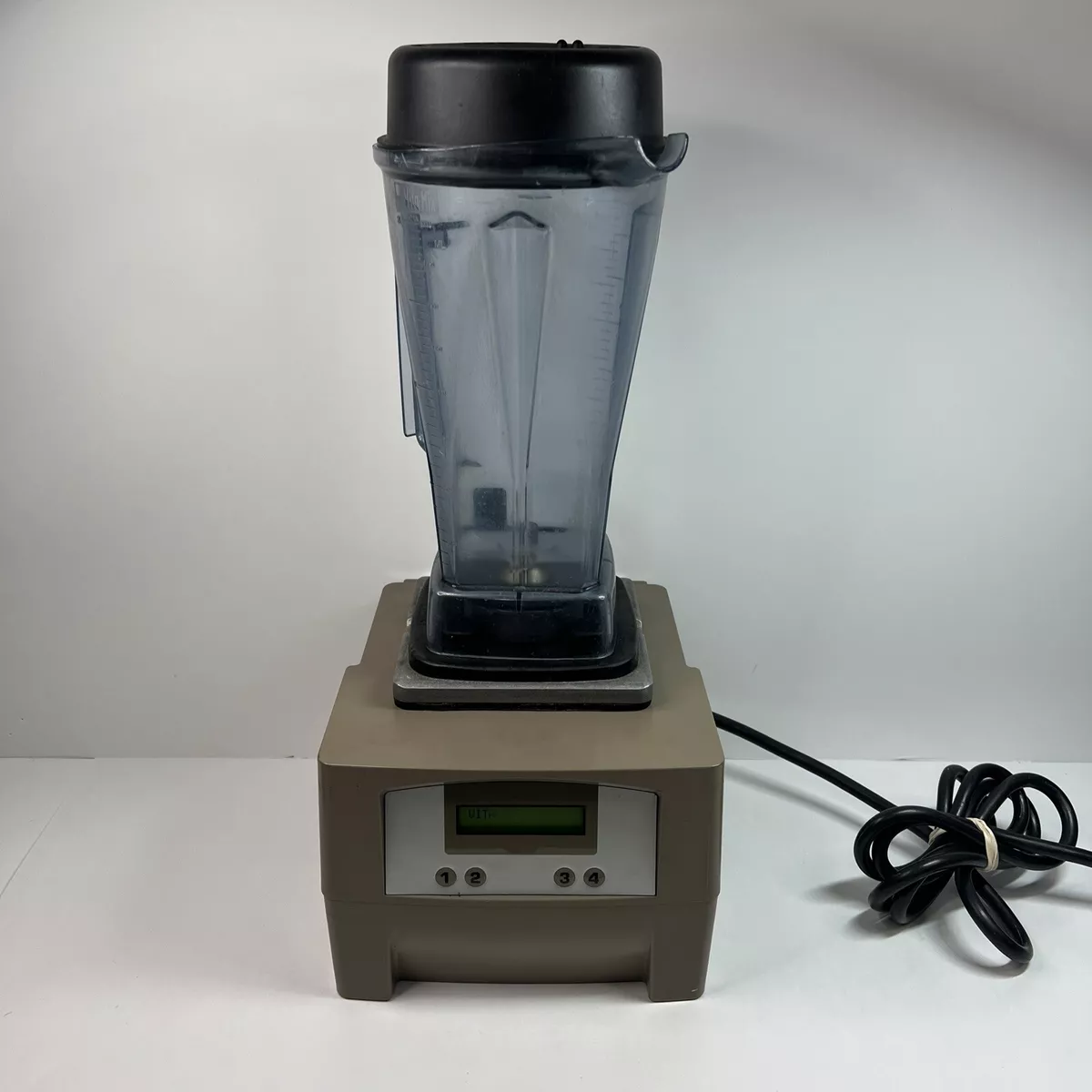
Conclusion
The Vitamix Quiet One Blender is chosen by Starbucks for its performance, efficiency, and quiet operation. It excels as a top-tier commercial blender, handling high volumes while ensuring consistency and a tranquil café atmosphere. Its unique advantages, when compared with other models, reinforce its premier status in the market. Considering its environmental and health impacts adds to the broader benefits of using the Vitamix Quiet One Blender in delivering exceptional beverages to Starbucks customers. From bustling cafés to high-demand kitchens, this blender’s performance, durability, and efficiency deliver consistent, high-quality results.
